- You are here:
- Countries & Parks
- Tanzania Parks

Serengeti National Park
- Best Time To Visit

- Weather & Climate
- Getting There
- Malaria & Safety
Best Time To Visit – Serengeti NP

Philip is a renowned Africa expert and author of many Bradt guidebooks to African destinations, including the guide to Tanzania.
Philip is a renowned Africa expert and author of the Bradt guidebook to Tanzania.
Philip is the author of the Bradt guidebook to Tanzania.
Wildlife viewing is good throughout the year in Serengeti National Park, but certain areas are better at specific times. Most people want to see the wildebeest migration and the predator action that goes with it. The good thing is that you can witness different stages of the migration in Serengeti from around January to October, so most of the year. The bad news is that the movement of the wildebeest depends on the rain and the exact timings are unpredictable. Around January to February is a fantastic time to be in the Ndutu area for the wildebeest calving. June and July is the best time to be in the Western Corridor, and during August and September the migration is in the north where you might be able to see the famous Mara River crossings. Beware though that the crowds follow this calendar, so for an uncrowded experience you should stay away from the migration.
June to October – Dry Season
- Wildebeest migration is best seen in June and July in the Western Corridor and in August and September in the north of the park
- Animals are easier to spot since they gather around waterholes and rivers and the vegetation is less thick
- It is mostly sunny and there is very little rain
- There are few mosquitoes and the chance of contracting malaria is minimal
- The Seronera area gets crowded
- The Mara River area is busy when there are wildebeest river crossings (August and September)
- Mornings and nights get cold; warm clothing is recommended
Wildlife Photos

November to May – Wet Season
- January to February is the time to see the wildebeest calving and is an excellent time to see predator action
- The scenery is lush
- April and May are low season, so it's usually less crowded and rates might be lower
- Although wildlife is easier to spot in the Dry season, the Serengeti offers good wildlife viewing throughout the year
- Migratory birds are present from November to April and bird watching is at its best
- Except for March and April, rains are mostly short afternoon storms and will seldom interfere with your trip
- March to April is the peak of the Wet season

Best Time To Go by Major Park
- Gombe National Park Gombe National Park Fair "> Jan J Fair "> Feb F Fair "> Mar M Poor "> Apr A Fair "> May M Good "> Jun J Excellent "> Jul J Excellent "> Aug A Excellent "> Sep S Excellent "> Oct O Good "> Nov N Fair "> Dec D
- Katavi National Park Katavi National Park Fair "> Jan J Fair "> Feb F Poor "> Mar M Poor "> Apr A Poor "> May M Good "> Jun J Excellent "> Jul J Excellent "> Aug A Excellent "> Sep S Excellent "> Oct O Fair "> Nov N Fair "> Dec D
- Lake Manyara National Park Lake Manyara National Park Good "> Jan J Good "> Feb F Fair "> Mar M Fair "> Apr A Good "> May M Excellent "> Jun J Excellent "> Jul J Excellent "> Aug A Excellent "> Sep S Excellent "> Oct O Good "> Nov N Good "> Dec D
- Ngorongoro Crater Ngorongoro Crater Excellent "> Jan J Excellent "> Feb F Good "> Mar M Good "> Apr A Excellent "> May M Excellent "> Jun J Excellent "> Jul J Excellent "> Aug A Excellent "> Sep S Excellent "> Oct O Excellent "> Nov N Excellent "> Dec D
- Nyerere National Park Nyerere National Park Fair "> Jan J Fair "> Feb F Poor "> Mar M Poor "> Apr A Fair "> May M Excellent "> Jun J Excellent "> Jul J Excellent "> Aug A Excellent "> Sep S Excellent "> Oct O Good "> Nov N Good "> Dec D
- Ruaha National Park Ruaha National Park Fair "> Jan J Fair "> Feb F Poor "> Mar M Poor "> Apr A Fair "> May M Excellent "> Jun J Excellent "> Jul J Excellent "> Aug A Excellent "> Sep S Excellent "> Oct O Good "> Nov N Good "> Dec D
- Serengeti National Park Serengeti National Park Excellent "> Jan J Excellent "> Feb F Fair "> Mar M Fair "> Apr A Fair "> May M Excellent "> Jun J Excellent "> Jul J Excellent "> Aug A Excellent "> Sep S Excellent "> Oct O Good "> Nov N Good "> Dec D
- Tarangire National Park Tarangire National Park Fair "> Jan J Fair "> Feb F Fair "> Mar M Fair "> Apr A Fair "> May M Good "> Jun J Excellent "> Jul J Excellent "> Aug A Excellent "> Sep S Excellent "> Oct O Excellent "> Nov N Good "> Dec D
Want To Visit Serengeti NP?
2,956 Serengeti Safaris
- Serengeti Honeymoon Safaris
- Serengeti Family Safaris
- Serengeti Private Safaris
- Tour Operators for Serengeti
Safari Tours to Serengeti NP
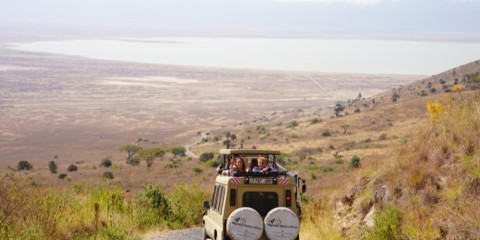
5-Day Tanzania Standard -Private Safari
$1,550 to $1,595 pp (USD)
Tanzania: Private tour Lodge & Tented Camp
You Visit: Arusha (Start) , Tarangire NP, Serengeti NP, Ngorongoro Crater, Lake Manyara NP, Arusha (End)
Migration Venture Africa
4.8 /5 – 316 Reviews

12-Day Premium Luxury Safari&Beach Holidays All Inclusive
$4,983 to $6,188 pp (USD)
You Visit: Arusha (Start) , Tarangire NP, Lake Manyara NP, Serengeti NP, Ngorongoro Crater, Zanzibar (Beach) , Nungwi (Zanzibar) , Zanzibar Airport (End)
Lion King Adventures
5.0 /5 – 1018 Reviews
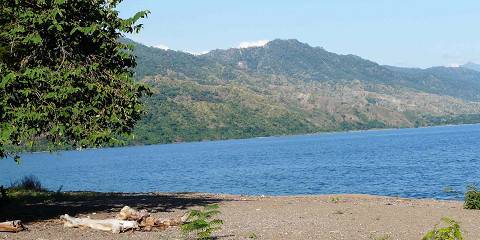
10-Day Ngorongoro, Serengeti, Zanzibar & Others
$4,230 pp (USD)
You Visit: Arusha (Start) , Tarangire NP, Lake Manyara NP, Ngorongoro Crater, Northern Serengeti NP, Serengeti NP, Zanzibar (End)
Savannah Explorers
5.0 /5 – 484 Reviews
Serengeti National Park
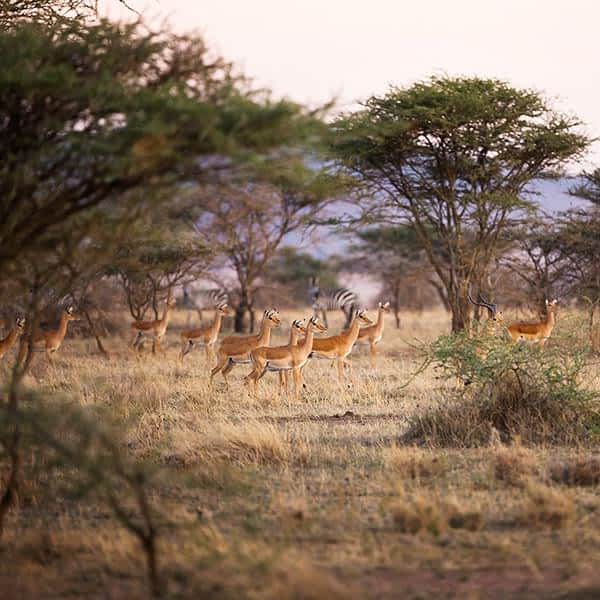
When to visit Serengeti National Park
We don't say this lightly: the Serengeti is always full of surprises, no matter the time of year.
The centerpiece of most travellers' planning is, with good reason, to experience the Great Migration. However, we do invite you to look beyond 'just' the Great Migration and also discover other wonders of the Serengeti.
- Follow the migration
- Beyond the migration
- Avoid the crowd
Follow the Great Migration
Serengeti National Park offers extraordinary wildlife viewing opportunities throughout the year – you just need to know when to go where to admire one of nature’s last remaining true spectacles: the Great Migration. For example, winter is the best time to see the herd in Southern Serengeti, while the Western Corridor and Northern Serengeti are the best places to spend the summer and autumn months. It’s worth bearing in mind that - also in this part of the world - nature will be its unpredictable self. Hence, chance plays a big part in witnessing the iconic river crossing when two million animals cross a river with rapids jostling their bodies and crocs snapping at their hooves. That being said, when choosing the right part of the Serengeti in the right period, large herds are usually easily spotted and there is a fair chance of seeing a spectacular migrational movement. Read more about the Great Migration.
Beyond the great migration
Although most travellers can’t wait to catch a glimpse of the wildebeest’s spectacular trek, Serengeti National Park has much more to offer. Golden-maned lions sunbathing on a rock, an elusive leopard chilling out on a branch of an acacia tree and a cheetah chasing a gazelle at full speed on the never-ending sunburnt plains - to name just a few of the Serengeti’s magical beasts.
There are some powerful arguments in favour of avoiding the Great Migration. First, areas where the Great Migration can be seen, become busy with fellow travellers, something that can be bothersome in terms of your Serengeti safari experience. Second, most predatory species (but also most other wildlife species except zebra and wildebeest) are territorial and do not wander too far from their territories, so there is no need to follow the crowds. Moreover, most Serengeti safari camps and lodges offer substantially lower rates (often referred to as ‘green season’ rates) in April and May. Last, outside peak periods the Serengeti (but also the other national parks, including the Ngorongoro Crater Area) is far less crowded, whilst wildlife viewing options are still superb.
Avoid the crowds
Unique spectacles such as the Great Trek can attract quite a lot of spectators, and you might experience the heart of the migration to be a bit crowded – with human species that is. Especially travellers that only visit the Seronera area may experience a Serengeti that feels crowded, sometimes too crowded for comfort. A wildlife sighting that involves a big cat, whether this a leopard, a cheetah or a lion pride, soon attracts many safari vehicles. Many visitors, and as a result their guides, are obsessed with big cats (and the Big Five): they feel that they would miss out when not joining a sighting. Within minutes of a big cat sighting being called on the radio, all vehicles will congregate on that one sighting. There is a good reason for this: Seronera is the location of many lodges and campsites and is the most accessible portion of Serengeti National Park. The result is that within a 10 kilometer radius from Seronera the road network is busy with safari vehicles indeed. Simply put, being in the wrong spot at the wrong time may lead to the misconception that the Serengeti is too crowded. It is not: one only needs to wander (or rather drive) further to avoid such sightings.
To avoid the crowds, or rather to experience Serengeti National Park as it should be experienced, we recommend splitting your safari itinerary in two: one portion of your trip in the heart of the migration action (and yes, you will experience heavier vehicle traffic), and the other portion in a remote, out-of-season, location. Options for the latter would be the Western Corridor between August and October, or the Mara Serengeti area between November and June. You will encounter far lower visitor numbers in these areas whereas the quality of wildlife viewing is almost, or just as good as in the Seronera area. It is not at all impossible spending time in the Serengeti (even during peak season) seeing no (or all right, barely) other visitors.
If you rather have the Serengeti to yourself, travelling in low season is your best option. Periods in which visitor numbers are low and camps rates are much lower include mid-March to mid-May (long rains), early November to mid-December (short rains) and the last two weeks in January.
Seasonal Serengeti
Most travellers pick the dry season (which takes place from late June to October) for a safari in the Serengeti National Park. Animals gather around rivers and waterholes to quench their thirst. The Great Migration is at its absolute prime and your chances of witnessing an iconic river crossing are at their best. Most lodges will remain open during the more tranquil ‘wet season’ when the rains turn the dry landscape into a lush, green oasis and the birthing season begins. Read more about Serengeti weather & climate on this page . Here are some pros and cons for the wet and dry season.
June to October - dry season
- The thick bush thins out and wildlife is easier to spot.
- Animals will gather around the rivers and waterholes.
- Expect bright days and lots of sunshine with afternoon temperatures around 25°C / 77°F.
- Less chance of malaria, since there are fewer mosquitoes.
- Easier to spot the Great Migration (including these iconic river crossings, if lucky).
- The park gets crowded, especially around the Seronera area.
- It gets relatively cold at night and early in the morning with minimum temperatures around 14°C / 57°F.
- Occasional cold fronts are possible, with temperatures close to freezing.
November to May - wet season
- Late January to February is the time to see the calving in the Southern Serengeti – an excellent time to see predator action.
- A lush and green landscape.
- Fewer tourists and lower rates, especially in April and May.
- Birdwatching is at its best.
- From November to February, rains are mostly short afternoon storms and seldom interfere with your trip.
- March to May is the peak of the wet season; It tends to rain most days, although seldom for the whole day. It is often cloudy.
- January to March can be crowded around the Seronera area.
Further reading
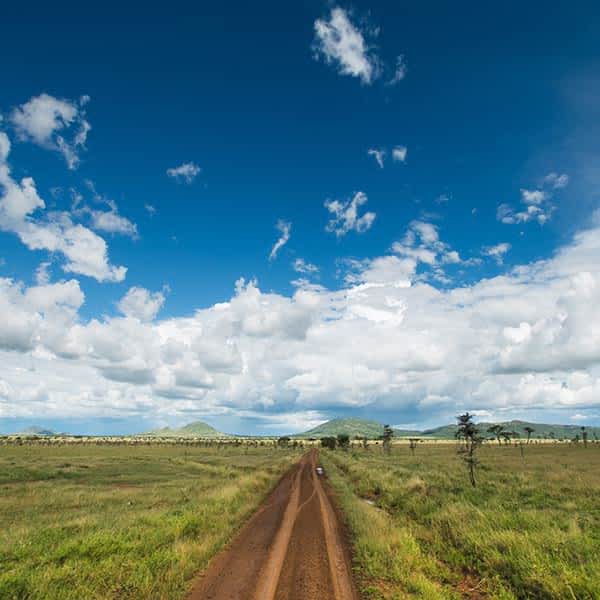
Weather & climate
read about monthly temperatures
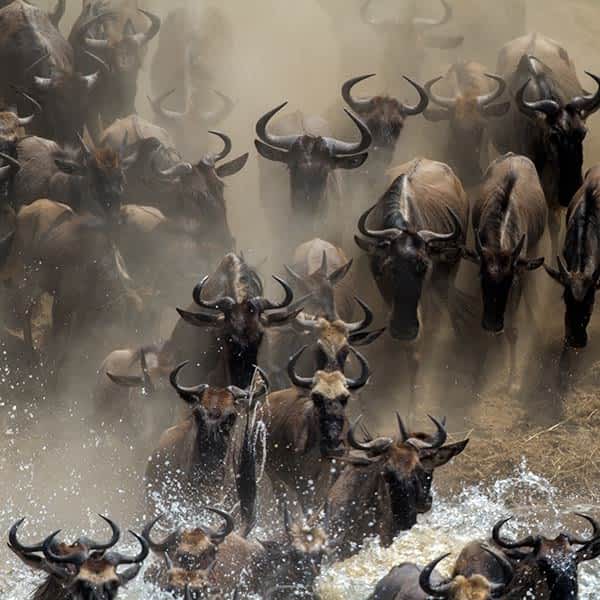
The Great Migration
read about migration locations
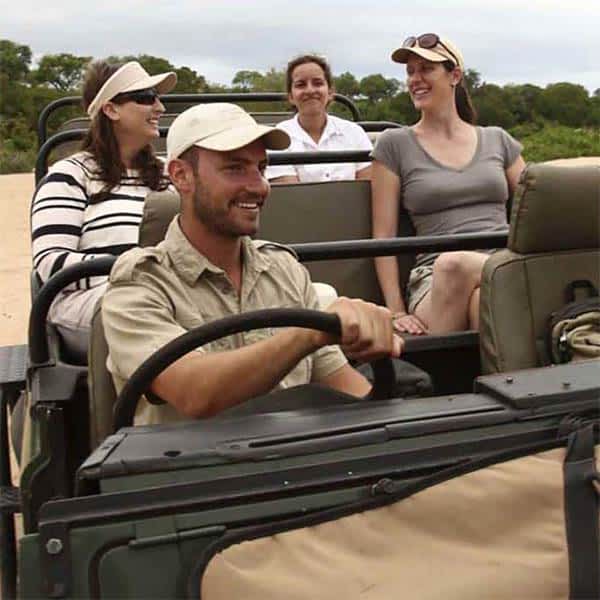
Getting here
read about travelling to Serengeti
Serengeti National Park Travel Guide
Courtesy of Matt Champlin | Getty Images

Best Times To Visit Serengeti National Park
The best times to visit Serengeti National Park are from January to February or from June through September, although you should plan your trip around the movement of The Great Migration . For example, winter is the best time to see the herd in Southern Serengeti, while the Western Corridor and Northern Serengeti are the best places to spend the summer and autumn months. Most safari operators will have a good idea of where the animals are headed and when, and most will adjust their itineraries based on the herd's movement. Temperatures remain relatively constant with daytime highs resting in the 80s. You'll find cooler weather in the Ngorongoro Conservation Area due to its higher elevation. April and May see the most rainfall, and many lodges and camps close for this slower season.
Weather in Serengeti National Park
Data sourced from the National Climatic Data Center
Find Flight and Hotel Deals
Navigate forward to interact with the calendar and select a date. Press the question mark key to get the keyboard shortcuts for changing dates.
Navigate backward to interact with the calendar and select a date. Press the question mark key to get the keyboard shortcuts for changing dates.
Explore More of Serengeti National Park

Things To Do

Best Hotels

You might also like

Yellowstone National Park
# 1 in Top 19 Cheap Family Vacations

Grand Canyon National Park
# 1 in Best Day Trips from Phoenix

# 2 in Best Weekend Getaways
If you make a purchase from our site, we may earn a commission. This does not affect the quality or independence of our editorial content.
Recommended
The 50 Best Hotels in the USA 2024
Christina Maggitas February 6, 2024

The 32 Most Famous Landmarks in the World
Gwen Pratesi|Timothy J. Forster February 1, 2024

9 Top All-Inclusive Resorts in Florida for 2024
Gwen Pratesi|Amanda Norcross January 5, 2024

24 Top All-Inclusive Resorts in the U.S. for 2024
Erin Evans January 4, 2024

26 Top Adults-Only All-Inclusive Resorts for 2024
Zach Watson December 28, 2023

Solo Vacations: The 36 Best Places to Travel Alone in 2024
Lyn Mettler|Erin Vasta December 22, 2023

26 Cheap Beach Vacations for Travelers on a Budget
Kyle McCarthy|Sharael Kolberg December 4, 2023

The 50 Most Beautiful White Sand Beaches in the World
Holly Johnson December 1, 2023

The 26 Best Zoos in the U.S.
Rachael Hood November 16, 2023

44 Cheap Tropical Vacations That Feel Expensive
Holly Johnson|Alissa Grisler November 10, 2023

African Safari Tours
- Arusha, Tanzania
- [email protected]
- Call/ Whatsapp +255 745504340

Best Time to Visit Serengeti (Month by Month)
Best time to visit serengeti: a wildlife adventure like no other.
Are you an avid nature enthusiast longing to witness the untamed beauty of the Serengeti? Look no further! In this comprehensive guide, we will explore the best time to visit Serengeti National Park to maximize your wildlife experience . With its vast savannahs, majestic wildlife, and awe-inspiring wildebeest migration, Serengeti offers an unparalleled adventure for nature lovers and wildlife photographers alike. So grab your safari hat and let’s embark on an unforgettable journey through this magnificent African gem.
The Splendor of Serengeti
Before we dive into the ideal time to visit Serengeti, let’s take a moment to appreciate the sheer magnificence of this national park. Spanning over 14,750 square kilometers, Serengeti is Tanzania’s crown jewel, captivating visitors with its breathtaking landscapes and diverse wildlife. From the iconic “Big Five” (lion, leopard, elephant, rhinoceros, and Cape buffalo) to cheetahs, giraffes, zebras, and an abundance of bird species, Serengeti is a haven for wildlife enthusiasts and photographers.
Best Time To Visit Serengeti
Undoubtedly, choosing the best time to visit Serengeti is crucial to ensure a remarkable experience. The park’s climate and wildlife movements vary throughout the year, offering unique opportunities during different seasons. Let’s explore the four distinct seasons in Serengeti and uncover the best time to witness nature’s grandeur.
Around January to February is a fantastic time to be in the Ndutu area for the wildebeest calving. June and July is the best time to be in the Western Corridor, and around September the migration is in the north where you might be able to see the famous Mara River crossings.
1. Dry Season (June to October)
The dry season, spanning from June to October, is widely considered the best time to visit Serengeti. During this period, the weather remains pleasant, with clear skies and low humidity. These favorable conditions provide excellent visibility for wildlife sightings and photography. Additionally, the lack of rainfall forces animals to gather around permanent water sources, creating remarkable concentrations of wildlife near rivers and watering holes.
2. Wet Season (November to May)
While the wet season may deter some visitors, it presents its own unique charm and benefits. From November to May, the Serengeti receives intermittent rainfall, transforming the landscape into a lush, green paradise. The vegetation flourishes, attracting large herds of herbivores, which, in turn, draw in their predators. Witnessing the circle of life unfold amidst this vibrant ecosystem is a truly awe-inspiring experience.
a. November to December: Short Rains
The short rains, usually occurring in November and December, mark the beginning of the wet season. During this period, the park bursts into life as the rain revitalizes the vegetation. It’s a prime time to witness the wildebeest migration’s southern movement, as they navigate their way from the northern Serengeti to the southern plains.
b. January to February: Calving Season
The wet season continues into January and February, coinciding with the calving season in Serengeti. This magical time sees the birth of thousands of wildebeest calves, attracting predators like lions and hyenas. The dramatic predator-prey interactions provide a front-row seat to nature’s raw power and resilience.
c. March to May: Long Rains
The long rains, occurring from March to May, mark the peak of the wet season. While the rainfall intensifies during this period, it’s worth mentioning that it rarely rains all day, providing ample opportunities for wildlife exploration between showers. The lush landscapes and vibrant colors make this a paradise for photographers, capturing the Serengeti\’s beauty in its prime.High Season Most of the year – July to March (The Serengeti will be crowded around the Seronera area)
- Low Season April and May (Lower rated may apply)
- Best Weather June to October (Little to no rainfall)
- Worst Weather March and April (Peak of Wet season)
Frequently Asked Questions about Best Time To Visit Serengeti
When is the wildebeest migration in serengeti.
The wildebeest migration in Serengeti is a spectacular natural event that occurs throughout the year. However, the exact timing of the migration can vary due to weather patterns. The migration typically follows a circular pattern, with the wildebeest herds moving from the southern plains to the northern Serengeti and back. The best time to witness the wildebeest migration is generally during the dry season, from June to October, when the herds congregate near the Mara River for dramatic river crossings.
Are there any risks associated with visiting Serengeti during the wet season?
While visiting Serengeti during the wet season can offer a unique experience, it’s essential to consider a few factors. The rain can make some roads impassable, limiting accessibility to certain areas of the park. Additionally, the increased vegetation might make wildlife sightings a bit more challenging. However, the lush landscapes and the opportunity to witness the circle of life with newborn animals can outweigh these factors for many visitors.
What kind of weather can I expect in Serengeti during the dry season?
The dry season in Serengeti, from June to October, is characterized by pleasant weather conditions. Expect clear skies, warm days, and cool nights. The humidity levels are generally low, making it comfortable for wildlife exploration and outdoor activities. However, it\’s always a good idea to pack layers as temperatures can vary throughout the day.
Can I see the “Big Five” in Serengeti throughout the year?
Yes, Serengeti is home to the iconic “Big Five” – lion, leopard, elephant, rhinoceros, and Cape buffalo. These majestic creatures can be spotted in the park throughout the year. However, wildlife sightings can vary depending on factors like vegetation density and animal movements. The dry season offers better visibility and concentrations of wildlife near water sources, increasing your chances of encountering these magnificent animals.
Are there any specific bird species that can be seen in Serengeti?
Yes, Serengeti is a bird lover’s paradise, hosting over 500 bird species. From colorful sunbirds and elegant raptors to impressive ostriches and sociable weavers, the park boasts a diverse avian population. The wet season, particularly from November to May, is an excellent time for bird enthusiasts as many migratory bird species visit the park during this period.
What should I pack for a visit to Serengeti?
When packing for your Serengeti adventure, it’s important to consider the weather and activities. Some essential items include lightweight and breathable clothing, a hat, sunscreen, insect repellent, comfortable walking shoes, a good camera with zoom capabilities, binoculars, and a reusable water bottle. It’s also advisable to bring a small backpack to carry your belongings during game drives and nature walks.
Conclusion about best time to Visit Serengeti National Park
In conclusion, the Serengeti National Park offers a wildlife adventure like no other. To make the most of your visit, understanding the best time to explore this vast wilderness is crucial. Whether you choose the dry season for optimal wildlife sightings or the wet season for a vibrant and lush experience, Serengeti never fails to leave visitors in awe. From witnessing the wildebeest migration to encountering the “Big Five” and immersing yourself in the breathtaking landscapes, a journey to Serengeti is an unforgettable trip. TripAdvisor Reviews.
Comments are closed.
The Best Time to Visit the Serengeti: An Expert Guide for Every Traveler
By Claudia Smargiasso | 17 January 2024
Discovering the best time to visit the Serengeti is essential for planning a memorable African safari. The Serengeti, renowned for its vast landscapes and the epic Great Migration , offers different experiences throughout the year. This guide focuses on optimizing your safari experience by pinpointing the ideal times to visit.
Optimal seasons for the best time to visit the Serengeti
1. the calving season of the great migration (late january to march), why it’s the best time to visit:, weather conditions:, season highlight:.
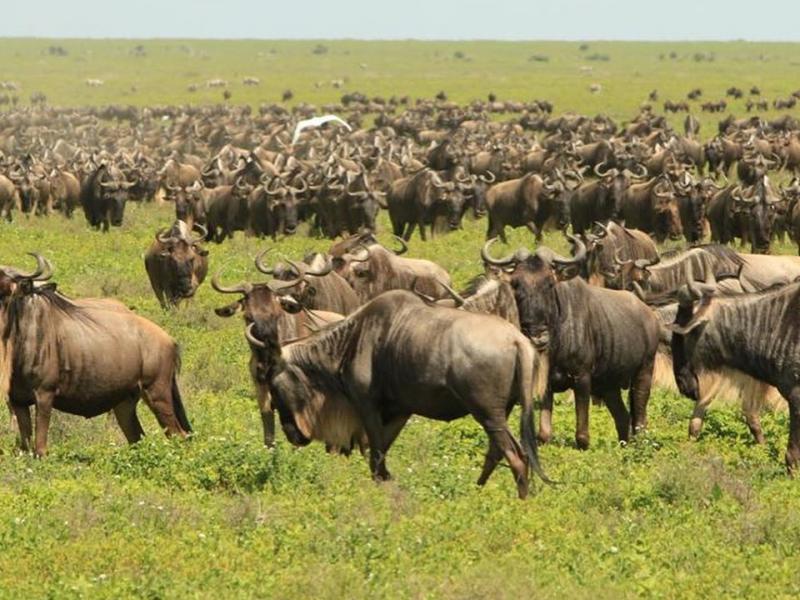
2. The Long Rains (April to Early June)
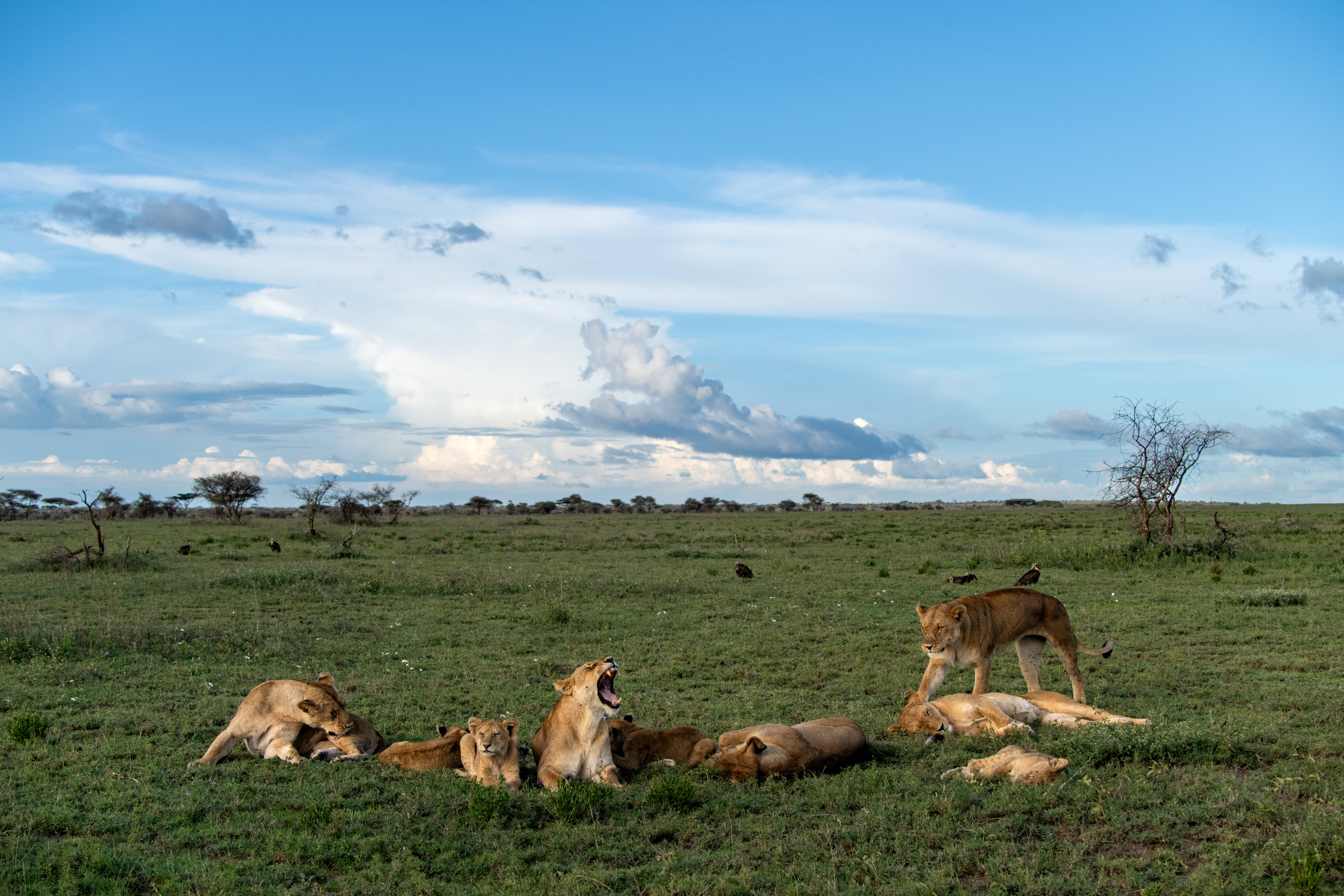
3. The River Crossings of the Great Migration (June to September)
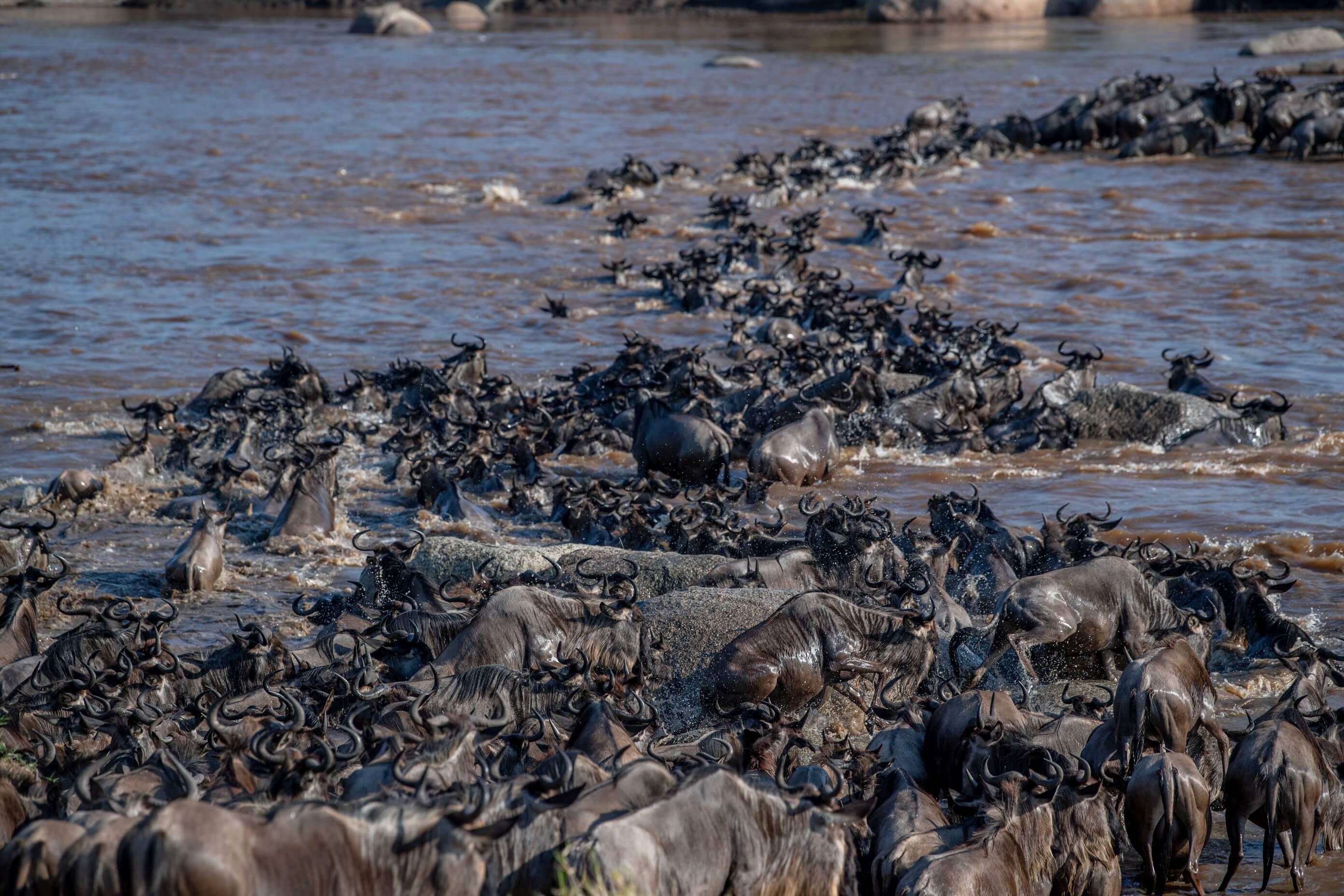
4. The Short Rains (October to November)
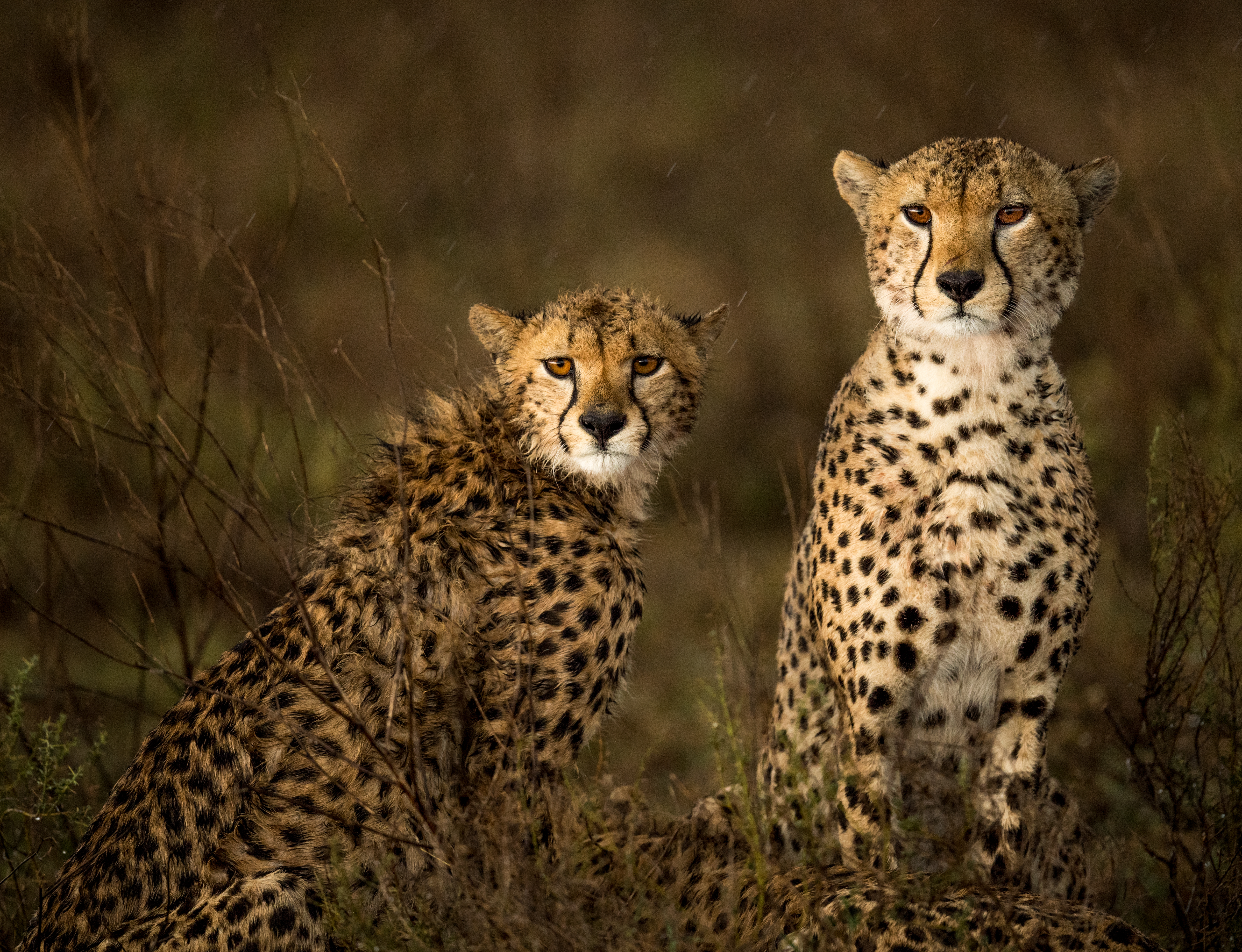
5. The Dry Season (December to February)
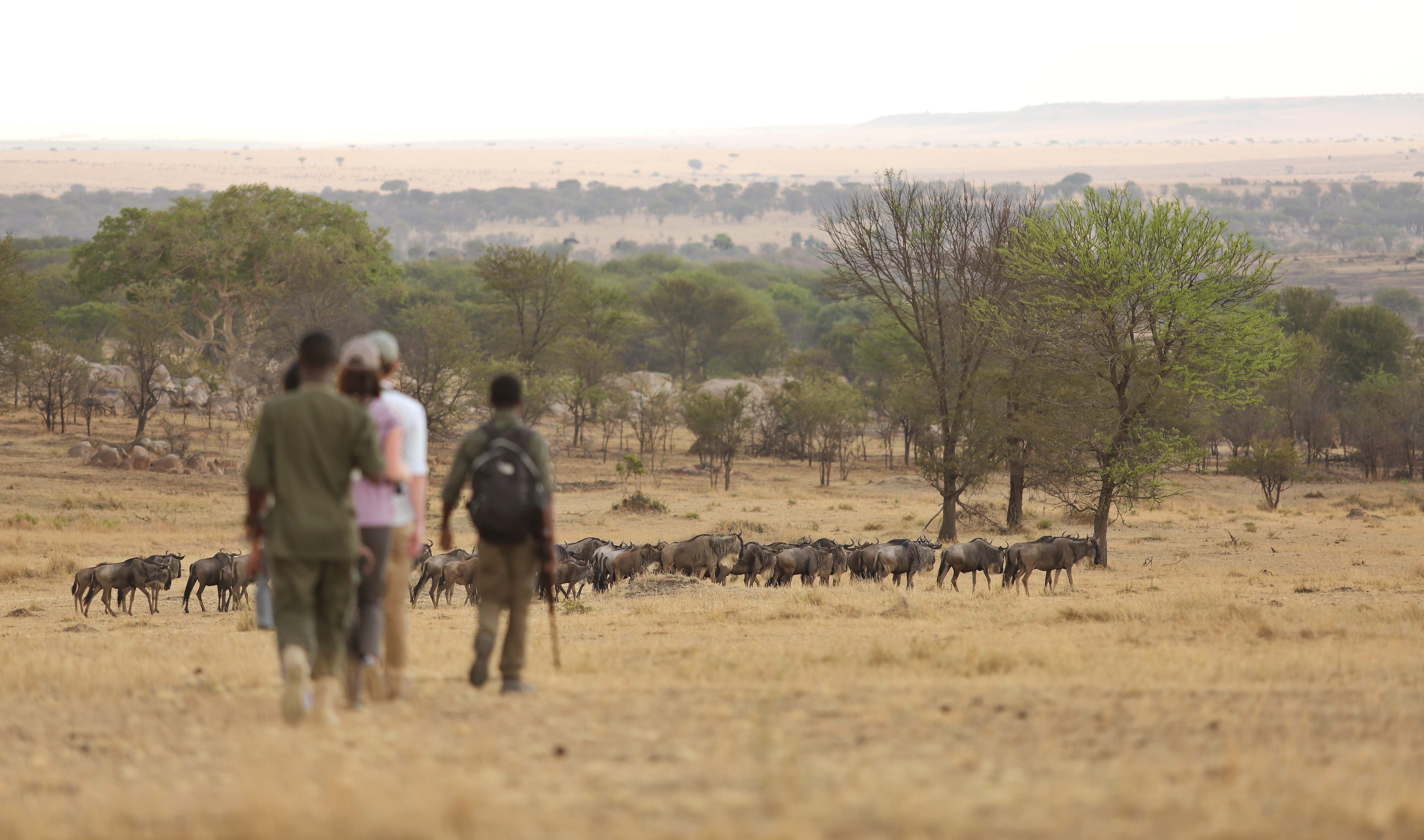
Essential tips for visiting the Serengeti
- Advance planning: For the best time to visit the Serengeti, book well in advance, especially for peak seasons like the river crossings.
- Expert guidance: Our team of safari experts can help you plan your dream safari using their extensive knowledge and expertise.
- Pack smartly: Be prepared for varying weather conditions, regardless of the season, and remember that smaller aircraft have a strict luggage limit.
Final thoughts
The best time to visit the Serengeti depends on your interests, whether it's the calving season s , the river crossings, or the tranquillity and exclusivity of the less busy seasons. Each season in the Serengeti offers a unique and unforgettable safari experience.
Eager to plan your Serengeti safari?
More planning your trip articles.
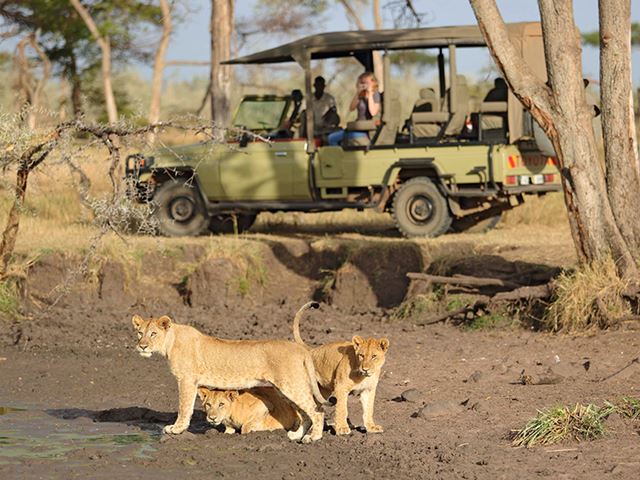
What’s the difference? National Parks, Game Reserves, and Conservancies in East Africa
To most of us, a national park, game reserve, or conservancy are all the same...
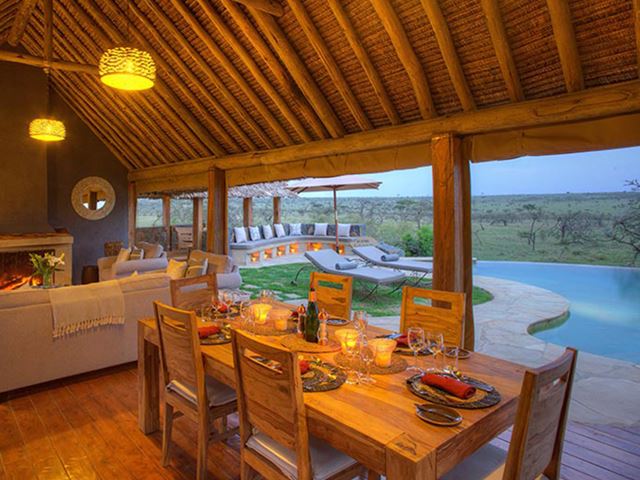
Naboisho: Home To The Mara’s Newest Pool
Naboisho is now home to the Mara Naboisho Conservancy’s newest pool. During t...
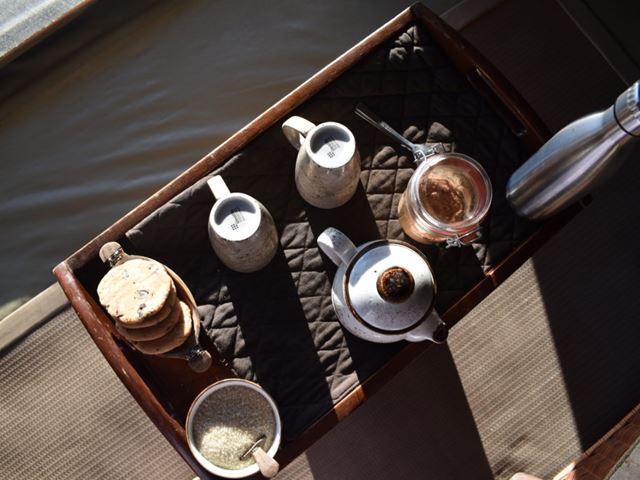
Guest Blog: A Culinary Journey Through Asilia’s Naboisho Camp
I had the pleasure of visiting Asilia’s Naboisho Camp earlier this year for a...
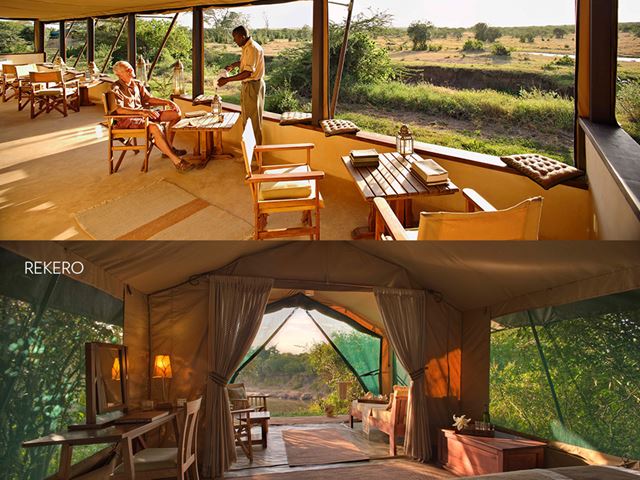
Last-Minute Christmas Trip Planning? Where To Stay This Festive Season
It's that time of the year when festive season travel plans have been booked...
- Camps & Lodges
- Destinations arrow_right
- Special Offers
- Partner Properties
- Positive Impact
- Join our newsletter
- All Asilia Offer: Free Inter-Camp Travel
- Enquire Now arrow_right
- Asilia giving
- Popular Destinations

As featured in


Best Time To Go To The Serengeti
About the serengeti.

Home to one of the world’s greatest concentrations of wildlife, the Serengeti National Park is Tanzania’s flagship conservation area and a must-do for first-time and returning safari goers alike. Meaning “endless plains” in the Maasai language, the Serengeti National Park is arguably one of the finest national parks in Africa as well as one of the most celebrated wilderness areas in the world.
Stretching along a vast plateau between the eastern arm of the rugged Rift Valley and the huge expanse of Lake Victoria, the Serengeti National Park covers an immense 14 800 km² (5 700 square miles) on Tanzania’s northern border with Kenya. Besides being declared as a UNESCO World Heritage Site, it is also Tanzania’s oldest game reserve. It boasts one of the oldest ecosystems on earth with a thriving vegetation that has remained largely untouched for millions of years.
While the Serengeti is renowned for its diverse and abundant wildlife, it is best known as the site of the annual Great Migration, when an estimated three million antelope – mostly wildebeest — migrate to Kenya’s Masai Mara Game Reserve. Described as one of the most magnificent spectacles in the natural world, the Great Wildebeest Migration follows the seasonal rains, spending the dry season in the woodlands of north western Kenya and the wet season on the south eastern plains of Tanzania.
There is no doubt that a visit to the Serengeti should be on every wildlife and nature lover’s bucket-list.
Overview of The Serengeti
Best time to go.
June to February (Areas are best at different times) | January – February (Wildebeest calving) | June – September (General wildlife viewing & a chance of see the wildebeest crossing of the Grumeti River (June-July) or the Mara River (September)
Best Weather
June to October (Little to no rainfall & mild temperatures)
Worst Weather
March and April (Peak of the Serengeti’s Wet season)
High Season
Most of the year | July – March is a particularly popular period in the Serengeti | The Serengeti will be especially crowded around the Seronera area
April & May | Lower rates may apply at certain camps, lodges, and reserves across the Serengeti
14,763km² / 5,700mi²
1,140-2,099m / 3,740-6,886ft
Tanzania | East Africa
Serengeti Great Wildebeest Migration | African Big 5 | Vast diversity of wildlife & birdlife
June to October
November to May
When To Go To The Serengeti

When to visit the Serengeti is one of the most frequently asked questions when planning a trip to this premier African wilderness destination. Its winning combination of magnificent game viewing, vast rolling grasslands, diverse landscapes and golden savannahs makes the Serengeti the perfect year-round safari destination.
The Serengeti’s open plains and mild climate means that the vegetation is never too dense to enjoy amazing wildlife sightings or embark on an exhilarating Serengeti adventure. Not to mention, the region’s two short rainy seasons (November – December and March – April) are rarely too unpleasant and will hardly ever disrupt or interfere with your trip, game viewing or safari experiences.
Despite being a pristine, must-visit year-round destination, the Serengeti has two distinct seasons:
- Dry Season (Winter): June to October
- Wet Season (Summer): November to May
Each season offers visitors a unique experience as it pertains to wildlife and birdlife sightings, climate, park conditions, surrounding scenery, vegetation, and safari experiences.
As most people (both local and international) travel to the Serengeti to witness its incredible diversity of wildlife and exciting not-to-be-missed Great Wildebeest Migration, the Serengeti’s dry season (from late June to October) is considered the best time to visit the Serengeti National Park.

**Tip: For first-time safari goers, the best time to go to the Serengeti and Tanzania is typically during its dry season, June – October, as wildlife are far easier to track and spot, resulting in exceptional wildlife sightings and encounters.
Dry Season in The Serengeti
Reasons to visit the serengeti during the dry season, prime time for wildlife sightings as game viewing is at its peak, the heart of the great migration is in the western corridor of the serengeti during june & july | from august – october the heart of the great migration is in the northern serengeti, optimal visibility for wildlife sightings as the thick bush thins out & the vegetation becomes sparse, wildlife are far easier to spot as they gather around water sources, waterholes, and rivers, clear skies with mild-moderate day-time temperatures & minimal rain, august & september are the best months to see the spectacular wildebeest river crossings in the northern serengeti, fewer mosquitos due to the low rainfall | risk of malaria is at its lowest, the great wildebeest migration in the serengeti national park is at its absolute best during the dry season.

**Tip: While Tanzania in its entirety offers great wildlife sightings and game viewing throughout its dry months (June – October), not to mention the Serengeti National Park and the Ngorongoro Crater which boasts incredible wildlife viewing right throughout the year, Tarangire and Tanzania’s southern and western circuit parks are regarded as the best visited during the dry season.
Some of Tanzania’s Southern circuit parks include Ruaha National Park, Mikumi National Park, Selous Game Reserve, and Nyerere National Park. Whereas Gombe National Park, Katavi National Park, and Mahale National Park are a few of Tanzania’s top Western circuit national parks.
Serengeti Monthly Dry Season Highlights
- As the herds of wildebeest, zebra, and antelope move from the Western Corridor into the Grumeti – crossing the Grumeti River – over the month of June, both the Grumeti and Western Corridor of the Serengeti are prime must-visit regions / destinations during this period.
- Lovely day-time temperatures, clear skies, lush landscapes, and witnessing the Great Migration herds’ crossing of the Grumeti River makes June a wonderful month to visit / travel to the Serengeti.
- In the beginning of July, the Great Migration herds continue to move northwards, crossing the Grumeti River in the west of the park.
- Towards the end of July the Great Migration herds will start their dramatic crossing of the Mara River in the Northern Serengeti.
- River crossings are undoubtedly some of the most highly anticipated and dramatic scenes of the Great Migration. If you decide to visit the Serengeti in July, you will have the opportunity to witness the Grumeti River crossings, as well as the more dramatic Mara River crossings in the north of the park.
- In addition to sensational river crossing scenes, July’s ideal weather and dry vegetation makes wildlife spotting incredibly easy. This allows for truly magnificent wildlife sightings and encounters.
- The Northern Serengeti boasts thrilling scenes of thousands of animals making the crossing over the Mara River as they move across the border into Kenya’s Masai Mara National Park during the month of August.
- August is the prime time to witness the dramatic Mara River crossings of the Great Migration (which are among the most intense and jaw-dropping moments of the Great Migration). This undoubtedly makes August one of the best months to travel to the Serengeti.
- The Northern Serengeti is the best region to travel to in September to see the Great Migration herds crossing the Mara River into Kenya.
- September offers travelers and avid wildlife enthusiasts the opportunity to witness beyond thrilling Great Migration Mara River crossings of millions of wildebeest, zebra, and antelope in the Northern Serengeti, with fewer tourists and far less onlookers / spectators and safari vehicles around than the month of August.
- September is the best month of the year to see resident game in other areas of the park – This ensures an all-around exceptional wildlife and safari experience.
- As October marks the end of the Serengeti’s dry season, you will still be lucky enough to find some of the Great Migration herds in the Northern Serengeti. This gives you the opportunity to catch the last of the river crossings in the Northern Serengeti.
- Often during October (depending on when the rains start), the herds of wildebeest, zebra, and antelope begin to move back down into the Serengeti from the Masai Mara, passing through the Loliondo Game Controlled Area (a concession outside of the park’s northern section).
- October’s very dry and thin vegetation makes it an excellent month for spectacular resident game sightings.
Wet Season in The Serengeti
Reasons to visit the serengeti during the wet season, lush greenery & beautiful surrounding scenery due to the high rainfall, the serengeti national park (as well as tanzania’s surrounding national parks & reserves) are filled with new-born wildlife, bird watching is at its best as migrant birds are present & in breeding, prime time for predator action & sightings due to the wildebeest calving period & abundance of new-born wildlife, despite wildlife being better and easier to spot in the dry season, the serengeti’s wet season boasts equally remarkable wildlife sightings, the serengeti’s wet season coincides with its low season, this means lower rates all around & less crowded parks, resulting in optimal crowd-free wildlife & birdlife sightings, late january to february is the best time to see the wildebeest calving in the southern serengeti, making it a very special time & a remarkable sight to see, except for march, april & may, rains are mostly short afternoon showers & seldom interfere with your trip and safari experiences.

Serengeti Monthly Wet Season Highlights
- There may still be some animals crossing the Mara River in the Northern Serengeti at the start of November.
- For the most action and big herd movements, make your way to Seronera Valley in the Central Serengeti where millions of wildebeest, zebra, and antelope are on the move towards the fresh grass in the south of the park.
- While November is a rainy month (signifying the start of the wet season in the Serengeti), it usually only rains in the afternoons. You will still have the opportunity to enjoy superb game viewing opportunities and encounters.
- November is a great time to travel to the Serengeti if you want to see the full spectacle of the Great Migration herds on the move.
- At the start of December the Great Migration herds can be found / spotted in the Seronera region of the Central Serengeti. Towards the end of December, they are concentrated in the Southern Serengeti and Ndutu Region.
- December is a good month to catch / witness the herds on the move from the Central Serengeti region to the Southern Serengeti.
- Depending on the rain, the calving season may begin towards the end of December. This will give you the incredible opportunity of witnessing the young in their natural habitat.
- While December falls within the Serengeti’s wet rainy season, the afternoon thundershowers usually clear up quickly, causing little to no disruption to any safari experiences or wildlife adventures.
- The higher rainfall transforms the plains of the Serengeti into a lush green paradise, making for excellent photo opportunities and stunning surrounding scenery, greenery, and vegetation.
- The best place to be during January in the Serengeti is the Southern Serengeti and the Ndutu Region as this is where the herds of wildebeest, zebra, and antelope will congregate to take advantage of the lush green plains to graze and calve.
- Falling between the “long” and “short” rainy seasons, January sees lush, green, beautiful landscapes in the Serengeti, The thicker vegetation does however make game viewing more challenging.
- January marks the official start of the Wildebeest calving season in the southern Serengeti and Ndutu region (the calving season can however start a bit earlier or later depending on the rain). The Serengeti’s calving season is when thousands of baby wildebeest are born on the Serengeti plains every day.
- January is a great time for bird lovers to visit the Serengeti as numerous migratory bird species are present in the park.
- February is peak wildebeest calving season. If you’re eager to see baby wildebeest being born, February is the prime time to visit the Serengeti.
- The increased number of newborn wildlife (as well as newborn wildebeest in this case) in turn results in high predator activity and sightings.
- February is one of the best months for birdwatchers in the Serengeti, as the migratory species are out in full force.
- The Ndutu Region is the best region of the park to visit in March. As the peak of the wildebeest calving season takes place in February, the herd of migratory wildebeest is significantly larger during this period, including giant herds of wildebeest and their new calves. The increase in new-born wildlife (specifically new-born wildebeest) results in much higher predator presence and activity, as they pick on the vulnerable young and abundance of new baby animals.
- The month of March boasts lush, beautiful landscapes and great bird watching opportunities. The thick vegetation and high rainfall during this period does however make game viewing far more challenging.
- In the Ndutu Region of the Serengeti National Park you will not only have the opportunity to see the massive herds of wildebeest, zebra, and antelope that constitute the Great Migration (Including their new-borns / calves), but witness thrilling predator activity and potential kills.
- While calving season has ended, the massive herds of wildebeest can still be found / spotted in the Southern Serengeti and Ndutu Region, sustained by the lush grass on the plains.
- During April, the herds of wildebeest, zebra, and antelope start moving northwards. You can find / see them on the move in the Seronera / Central Serengeti region too.
- An extra bonus is that the Serengeti National Park is extremely quiet during the month of April, which gives you the amazing opportunity to enjoy exceptional wildlife and birdlife sightings without any of the large crowds, safari vehicles, and masses of onlookers and visitors around.
- The Central Serengeti is the best region to visit during the month of May as the Great Migration herds are on the move through the heart of the park.
- Towards the end of May, the herds have moved into the Western Corridor of the Serengeti.
- Although game viewing is not at its best during this period, you can still enjoy incredible scenes and jaw-dropping sightings of the Great Migration herds on the move as they migrate.
Weather & Climate

Winter: June – October
- Average day-time temperatures: +/- 25°C/77°F
- Average night-time temperatures: +/- 14°C/57°F
June – September:
- Occasional cold fronts can be experienced during this time
- Temperatures can drop close to freezing during intense cold fronts
- Typically cold early in the morning
- Dry weather with minimal rainfall
- Temperatures gradually start to increase in September
- Cool and dry weather
- The short rains might start at the end of October if they are early
Summer: November – May
- Average day-time temperatures: +/- 26°C/79°F
- Average night-time temperatures: +/- 15°C/59°F
November – December:
- Short rains are common during November and December in the Serengeti
- The rain during this period is unlikely to interfere with your safari experience
January – February:
- Rainfall is unpredictable during this time
- There tends to be a dry spell between the short and long rains
March – May:
- These are the wettest months in the Serengeti with high levels of rainfall
- ‘Long rains’ are common during this period
- It tends to rain most days, however, it will seldom rain for the entire day
- It is often cloudy
- In April and May, cold fronts might bring colder peak temperatures
SERENGETI NATIONAL PARK & THE GREAT WILDEBEEST MIGRATION

The Serengeti Great Migration
The world-renowned annual Serengeti National Park Great Migration is undoubtedly one of the Serengeti and Tanzania’s top wildlife attractions, attracting both local and international wildlife enthusiasts alike. Deemed a wildlife and natural phenomenon, “The greatest show on earth”, and the most magnificent wildlife spectacle in the natural world, no other destination on Earth can offer a wildlife encounter to match the annual Serengeti Great Wildebeest Migration. Forming the centerpiece of most inaugural Tanzanian and East African safari itineraries, the Great Migration is a mind-blowing display of nature at her most extraordinary.
The Serengeti Great Migration is an ever-moving year-round circular migration which sees millions of wildebeest, zebra, and antelope run the gauntlet of predators as they migrate around / across the Serengeti-Mara ecosystem. Traversing the open plains, following the seasonal rains in search of fresh grazing, the millions of wildebeest, antelope, and zebra move northwards into the neighboring Masai Mara National Reserve in Kenya, after returning south to the Serengeti National Park once again.

The roughly 800km trek that constitutes the Great Migration always follows the seasonal rains, perfectly coinciding with the timing / wet season’s (also known as the ‘green’ season) lush natural surroundings and thriving greenery, especially on the short-grass plains. These areas are also deemed safer during the Great Migration as predators can be spotted more easily, making it especially ideal for calving. However, as the plains dry, the wildebeest are forced to move on in search of fresh grass and greener pastures.
The Great Migration starts in the Southern region of the Serengeti National Park. The ‘start’ of the Great Migration coincides with the prime wildebeest calving season, as thousands of wildebeest calves are born within a couple weeks of each other. Due to the rapid rise in the number of newborn wildebeest, there’s an equally rapid increase in the number of predators, such as lions, leopards, and hyenas in the area who are constantly on the hunt for newborn wildlife.
When the drought starts to set in during the month of May and the dry season approaches, the huge herds of wildebeest, zebra, gazelle, and eland migrate north towards the Masai Mara in Kenya. This part of the Great Migration, similar to the others, is not without its risks as it involves the extreme and dangerous river crossing from the Serengeti National Park to the Masai Mara in Kenya.

Serengeti Great Wildebeest Migration
Despite the sheer volume of wildlife, crossing rivers means facing approximately 3,000 crocodiles, patiently waiting for a kill, as well as the famous Serengeti lion population – by far the largest in Africa – right and ready to pounce whenever opportunity strikes. These dramatic scenes of huge herds on the move, crossing rivers and vast plains, pursued by predators looking for their next kill, are the stuff nature documentaries are made of.

The Serengeti Great Migration | Great Migration River Crossing
With the beginning of the short rains in late October, the great migration makes its way back into the Serengeti National Park. By December, the herds trek past Seronera / Central Serengeti to return to their calving grounds once again, completing the year-round cycle / ever-moving circular migration.
Experiencing the annual Serengeti National Park Great Migration is a once-in-a-lifetime experience every avid safari traveler and eager wildlife enthusiast should have at the very top of their bucket list.
** Did you know that this awe-inspiring event is one of the last mass terrestrial animal movements left on the planet?
General Guideline: When to see the Great Wildebeest Migration in the Serengeti National Park
(these guidelines are subject to change as per seasonal rainfall).

**Important Note: The above guidelines are approximate dates and places. The Wildebeest Migration is a year-round, circular journey and the river crossings cannot be predicted, although they generally occur between May and September.
Wildlife & Birdlife in The Serengeti
The serengeti is renowned for its exceptional year-round game-viewing, superb big 5 encounters & famous great wildebeest migration, the serengeti wildlife.

Boasting some of the best year-round game viewing in Africa, witnessing the Serengeti National Park’s vast diversity of wildlife is undoubtedly one of the top reasons why wildlife lovers travel from all corners of the globe to visit this African wilderness gem.
While the Serengeti is famed for its annual wildebeest Great Migration, when millions of wildebeest, zebra, gazelle, and eland cross the open plains and rivers, joining the trek for fresh grazing, the Serengeti National Park is home to one of the world’s greatest concentrations of wildlife.
The Serengeti is home to the iconic African Big 5 (lion, leopard, elephant, buffalo, and rhino), and is renowned for its array of predators. Huge herds of elephant and buffalo, families of giraffe, prides of lions, coalitions of cheetahs, solitary and leap leopards, black rhinos, hundreds of small mammals and primates (including vervet monkeys, olive baboons, caracals, wildcats, and genets), as well as an abundance of antelope (such as eland, topi, kongoni and impala) can all be frequently spotted in the Serengeti.
The riverine forests of the Serengeti National Park are a favorite spot for hippos and crocodiles, while cheetahs are very common on the south-eastern plains and leopards can typically be found lazing in one of the big trees along the Seronera River.
Spotted hyenas and golden and black-backed jackals are also regularly spotted in the Serengeti while the endangered African wild dog is a rare, but remarkable find.
The Serengeti Birdlife

Beyond being a globally acclaimed wildlife and safari destination, the Serengeti National Park is a renowned bird lover’s paradise. Boasting more than 500 recorded bird species, the Serengeti attracts avid local and international birding enthusiasts alike. From November to April several remarkable migratory birds can be spotted in the Serengeti, making it a real treat for birders.
The Serengeti-Mara ecosystem is deemed one of Africa’s Endemic Bird Areas. This means that the Serengeti-Mara ecosystem is regarded as important land for habitat-based bird conservation containing restricted-range bird species, hosting five bird species found nowhere else in the world.
These endemic bird species are easy to locate within their restricted range. The grey-breasted spurfowl is common in the Seronera area. In woodland areas, parties of Fischer’s lovebird draw attention to themselves, and the rufous-tailed weaver is a fascinating bird placed in its own genus. The other two endemics are the Usambiro barbet and the grey-crested helmet-shrike.
Some of Serengeti’s other birding highlights include watching marabou storks searching for juicy morsels in freshly burnt grass, male ostriches displaying for females, and pairs of crowned cranes calling to each other. Birds such as the blue-cheeked Cordon Bleu, raptors flying the thermals and pink flamingoes at Lake Manyara are other common, yet equally spectacular Serengeti bird sightings.
Notable birds in the Serengeti National Park include:
- Fischer’s lovebird (locally common |Endemic to Tanzania)
- Grey-breasted spurfowl (Locally common | Endemic to Tanzania)
- Kori bustard (Common)
- Rufous-tailed weaver (Locally common | Endemic to Tanzania)
- Secretary bird (Common)
Birding specials & real treats for avid birders in Serengeti National Park:
- Black-headed gonolek
- Fischer’s lovebird (Endemic to Tanzania)
- Green-backed woodpecker
- Grey-backed fiscal
- Grey-breasted spurfowl (Endemic to Tanzania)
- Grey-crested helmet-shrike (Near endemic – Tanzania & neighboring countries)
- Hildebrandt’s starling (Near endemic – Tanzania & neighboring countries)
- Red-capped robin-chat
- Rufous-tailed weaver (Endemic to Tanzania)
- Rüppell’s vulture
- Southern ground hornbill
- Schalow’s turaco
- Usambiro barbet (Near endemic – Tanzania & neighboring countries)
- Verreaux’s eagle
- Yellow-throated sandgrouse
Best time for bird watching in the Serengeti National Park

While bird watching in the Serengeti is great year-round, the absolute best time for bird watching in the Serengeti National park is during November through to April (wet season). Not only is this when European and north African migratory birds are present, but it is the prime nesting season for resident birds, making it much easier to spot various bird species in their breeding plumage.
Serengeti Vegetation & Scenery

The Serengeti National Park’s array of habitats, vegetation, and landscapes are equally as vast and diverse as the Serengeti itself. Meaning “endless plains” in the Maasai language, the Serengeti National Park is renowned for its infinite grassland plains and open savannahs. However, in reality, the Serengeti ecosystem is so much more varied than that.
The Serengeti National Park essentially consists of four primary regions:
- The Southern Serengeti
Western Serengeti
Central serengeti, northern serengeti.
Each of these regions are characterized by its own unique landscape and vegetation as well as varied wildlife attractions and seasonal highlights.
Southern Serengeti

The Southern Serengeti is known for its vast, nutrient-rich, open plains and grasslands and granite kopjes spread out across the landscape. In addition to its endless grassland plains and open savannahs, a small seasonal lake called Lake Ndutu, also known as Lake Lagarja, can be found in this region. Surrounded by beautiful acacia trees, Lake Ndutu is considered one of the most scenic and game rich places in the Southern Serengeti, supporting an amazing diversity of wildlife and birdlife. Visitors will also have the opportunity to see incredible flocks of pink flamingos around the lake.
The Southern Serengeti’s vegetation makes it a prime game viewing destination with exceptional wildlife sightings guaranteed year-round.

The Western Serengeti, commonly known as the Western Corridor, is made up of Grumeti and Ikoma. This region of the Serengeti is known to be the ‘starting point’ of the annual Wildebeest Migration river crossing. The Western Corridor landscape is hilly and wooded, with large forests of acacia trees, infinite terrain, and several valleys, rivers.

Central Serengeti, often called Seronera, is the heart of the Serengeti National Park. Featuring several diverse ecosystems, including open grasslands, acacia forests and riverine areas, Central Serengeti is home to a large variety of wildlife and birdlife. It also boasts the highest concentration of wildlife in the Serengeti, resulting in the best year-round game viewing and wildlife encounters.
The Serengeti Great Migration | Great Migration Mara River Crossing
The popular Kogatende and Lobo areas form part of the Northern Serengeti. This region of the Serengeti National Park is the nearest to the Kenyan border as well as the iconic Mara River. This makes the Northern Serengeti one of the most sought-after destinations for local and global wildlife and nature enthusiasts alike, especially during the annual Serengeti Great Migration.

The northern region of the Serengeti is renowned for its stunning scenic landscapes, made up of hills, riverine forests, vast open plains, and rocky outcrops. The immense Mara River also cuts through this region of the Serengeti National Park, providing the iconic setting for the greatest river crossing and wildlife spectacle in the world – The Annual Serengeti National Park Great Migration – also regarded by many as “The World Cup of Wildlife”.
Several areas in the Serengeti National Park are also dotted with ‘koppies’, granite outcrops rising up from the plains.
Tips for Planning Your Serengeti Safari

- Plan your timing carefully: If you want to see the Great Wildebeest Migration river crossings on your Serengeti safari trip, make sure your itinerary and overall timing of your trip matches the movement of the herds.
- Book early: It is crucial to book your Serengeti trip (and all aspects associated with your trip) long in advance as well-located safari camps and lodges at the Wildebeest Great Migration’s hotspots get booked out early, often a year in advance.
- Choose your activities: The world-renowned Serengeti National Park boasts an endless variety of exciting safari experiences and adventures. Morning and afternoon game drives are an absolute must for anyone visiting the Serengeti. Some safari lodges offer travelers and eager adventurers a range of thrilling activities such as hot-air balloon safaris. Wildlife and safari experiences like night game drives and guided bush walks are also permitted in certain areas.
- Expect other visitors in high season: Many areas of the Serengeti are mostly quiet throughout the year, however, the Great Wildebeest Migration’s highlights, like the Grumeti and Mara River crossings, attract a large number of visitors from about May to August. Consider visiting during the Serengeti’s low or ‘Green Season’ (about November to March) if you want to escape the crowds, all while enjoying exceptional game viewing plus see the Migration’s mega-herds.
- Go private: If it’s luxury and exclusivity you want, then you should undoubtedly choose one of the Serengeti’s pristine private reserves.
Traveling To The Serengeti

Despite the Serengeti National Park being located in a rather remote corner of unspoiled Africa, the Serengeti, together with all of its wilderness wonders, are fairly easy to access.
There are two main ways to get to the Serengeti National Park, by air (via international air travel, domestic air travel, regional air travel, or private charter flights), or by road (via Serengeti drive-in safaris or Serengeti self-drive safaris).
Most travelers and adventurers start their Serengeti safari trip at either Kilimanjaro International Airport or the bustling Arusha Airport. From there, they will either travel to their preferred/pre-booked lodge via a short transfer flight or by means of a 4×4 safari vehicle. It is also possible to combine the two travel options and enjoy the best of both worlds.
Getting to Serengeti National Park by air
International air travel.
As most safaris and transfer flights to Serengeti National Park start from the town of Arusha, the best way to get to the Serengeti is to fly into Kilimanjaro International Airport (JRO) (the recommended point of entry) or Arusha Airport (ARK). The Kilimanjaro International Airport is situated about 46km/29mi from Arusha and approximately 200 miles / 320 kilometers from the park’s southern entrance.
There are a couple of international flight options to the Serengeti, including KLM Royal Dutch Airlines (daily), Turkish Airlines, Kenya Airways and Ethiopian Airlines (a few times per week). Kilimanjaro International Airport also has daily connections with Nairobi (NBO) in Kenya, which offers more international flight possibilities.
Additional airlines such as British Airways, Emirates and others fly into Julius Nyerere International Airport (DAR), just outside of Dar es Salaam (Tanzania’s capital) and then fly to Arusha Airport or Kilimanjaro International Airport. If you do happen to fly into Tanzania’s capital Dar es Salaam, it might require you to spend an extra overnight as well as take an additional domestic flight on a small regional airline which may have added luggage restrictions.
Regional air travel
Flying from Kilimanjaro International Airport or Arusha Airport is the favoured route for a Serengeti fly-in safari. From there it will take approximately 1 – 5 hours to fly to one of seven airstrips within the Serengeti National Park. All regional flights to the Serengeti are operated by local airlines such as Grumeti Air or Coastal Aviation. Once you’ve landed at the airstrip, the lodge staff will pick you up and transfer you to your desired final destination. Depending on your chosen lodge, 45 minutes to 2 hours should be allocated for road transfer to your Serengeti lodge.
It is also possible to fly from Nairobi’s Jomo Kenyatta Airport (NBO) or Wilson Airport (WIL) to Kilimanjaro International Airport. When travelling from the Lake Victoria area, the favoured airport is Mwanza Airport (MWZ). There are also direct flights from the Serengeti to Zanzibar, Dar es Salaam and other national parks in Tanzania such Lake Manyara and Tarangire.
Serengeti fly-in safaris (private airstrips)
If you’re looking for an even faster and more convenient way to get to the Serengeti National Park, a scheduled or private charter flight is definitely the way to go. Some of Serengeti’s more exclusive lodges have their own private airstrip and are able to arrange direct scheduled and/or private charter flights from Kilimanjaro International Airport or Arusha Airport directly to their airstrip.
Getting to Serengeti National Park by road
Besides traveling to the Serengeti National Park by air, the park is also accessible by road. There are two main ways to travel to the Serengeti by road / vehicle – Serengeti drive-in safaris & Serengeti self-drive safaris.
Serengeti drive-in safaris
The most popular way to travel to Serengeti National Park by road is by booking a drive-in safari. In general, the drive-in safaris start from the town of Arusha. As it will take approximately eight hours to travel from Arusha to the Serengeti National Park, an overnight stay at one or more wildlife sites en route is usually part of your safari itinerary.
Serengeti self-drive safaris / Self-driving to the Serengeti
*Note: While it is possible to self-drive to the Serengeti National Park, it is not wildly recommended.
When traveling to the Serengeti National Park by road, a 4×4 vehicle is required to successfully navigate and access all roads, regardless of the time of year. The total trip distance to the Serengeti is approximately 325km/202mi and will take you roughly eight hours. It is a bumpy ride, and careful planning is necessary when deciding to self-drive.
** As the trip to the Serengeti takes you through some stunning locations and wilderness regions, including the Ngorongoro Conservation area, a popular option is to fly one way and drive the other way, taking in an overnight stop to visit the Ngorongoro Crater and other surrounding areas. Coming from the crater, the distance to the Seronera/Central area in the Serengeti is about 140km/90mi, and the driving time is approximately three hours.
**Tip: Considering all of the above-mentioned options, the easiest and most convenient way to get to the Serengeti National Park is to fly from Arusha to one of the park’s seven private airstrips. Booking an overland safari in a 4×4 safari vehicle from Arusha to the Serengeti and visiting one or two other parks along the way is another popular and equally exciting option. Of course it’s also possible to combine these options, that way you get to experience the very best of both experiences.
Premier Parks, Reserves & Attractions In Tanzania
Serengeti national park, ngorongoro crater, lake manyara national park, tarangire national park, nyerere national park, ruaha national park, gombe national park, katavi national park, selous game reserve, mount kilimanjaro, mahale mountains national park, arusha national park, mikumi national park, mkomazi national park, saadani national park, contact secret africa.
+27 21 204 6073
Email: [email protected]
Address: Workshop17, 17 Dock Road, V&A Waterfront, Cape Town, 8005
Important Pages
- Privacy Policy
- Terms & Conditions
- Newsletter Sign Up

This site uses cookies. By continuing to browse the site, you are agreeing to our use of cookies.
Cookie and Privacy Settings
We may request cookies to be set on your device. We use cookies to let us know when you visit our websites, how you interact with us, to enrich your user experience, and to customize your relationship with our website.
Click on the different category headings to find out more. You can also change some of your preferences. Note that blocking some types of cookies may impact your experience on our websites and the services we are able to offer.
These cookies are strictly necessary to provide you with services available through our website and to use some of its features.
Because these cookies are strictly necessary to deliver the website, you cannot refuse them without impacting how our site functions. You can block or delete them by changing your browser settings and force blocking all cookies on this website.
These cookies collect information that is used either in aggregate form to help us understand how our website is being used or how effective our marketing campaigns are, or to help us customize our website and application for you in order to enhance your experience.
If you do not want that we track your visist to our site you can disable tracking in your browser here: Click to enable/disable Google Analytics tracking.
We also use different external services like Google Webfonts, Google Maps and external Video providers. Since these providers may collect personal data like your IP address we allow you to block them here. Please be aware that this might heavily reduce the functionality and appearance of our site. Changes will take effect once you reload the page.
Google Webfont Settings: Click to enable/disable Google Webfonts.
Google Map Settings: Click to enable/disable Google Maps.
Vimeo and Youtube video embeds: Click to enable/disable video embeds.
You can read about our cookies and privacy settings in detail on our Privacy Policy Page.

See More Stories Like This

Wanderlust Travel & Photos
Seeing the world one trip at a time.
- Work With Me
- Travel Journal
- Privacy Policy
- Browse by Continent
- Australia Travel
- Peru Travel
- Thailand Travel
- Browse by Region
- East North Central
- East South Central
- Mid-Atlantic
- New England
- South Atlantic
- West North Central
- West South Central
- Central America
- North America
- South America
- Travel Vlog
- Instagram Photos
The Ultimate Serengeti National Park Safari Guide
LAST UPDATED: 1/31/24 – Serengeti National Park Safari Guide
The Serengeti National Park in Tanzania is one of the most famous wildlife habitats in the world. This large park in Northern Tanzania, along with its sister park (the Masai Mara) in Kenya, plays a pivotal role in the great wildebeest migration.
This great migration, which also features zebra, gazelle, and other grazing animals, brings over two million grass feeders through the parks as they follow the rains each year. It is quite an unbelievable spectacle to behold while on a Serengeti National Park safari.
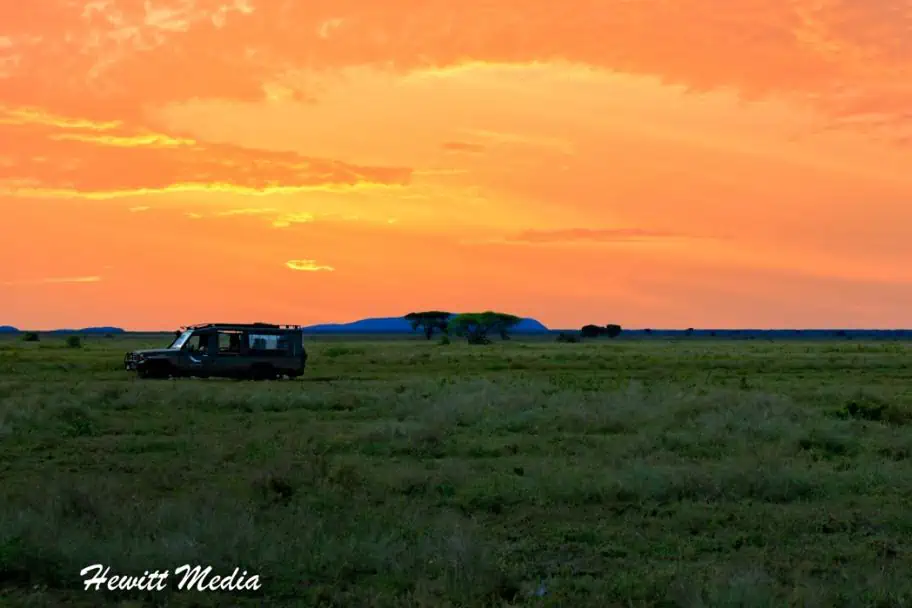
The Great Migration is a Must-See Wildlife Event
It is because of this migration, and its sheer volume of migrating animals, that the Serengeti National Park in Tanzania has become so famous. The park provides visitors with a front-row seat to see the migration and all of the drama that unfolds with it.
These migrating wildebeest, zebra, gazelle, and other animals have to cross rivers that are infested with large Nile Crocodiles, navigate savannas that are teaming with ambushing lions and leopards, outmaneuver aggressive clans of Spotted Hyenas, and outpace the lightning-fast cheetahs that hunt on the open plains of the parks. All are in search of fresh grass that sprouts after the rainstorms that they instinctively follow.
This is what makes going on a Serengeti National Park safari so special, and why it is a place that I will never forget. In few other places in this world can you see nature at its most beautiful, and at its most cruel. The sheer number of animals that live in and migrate through the park gives visitors an almost unprecedented opportunity to see the wildlife they came to see.
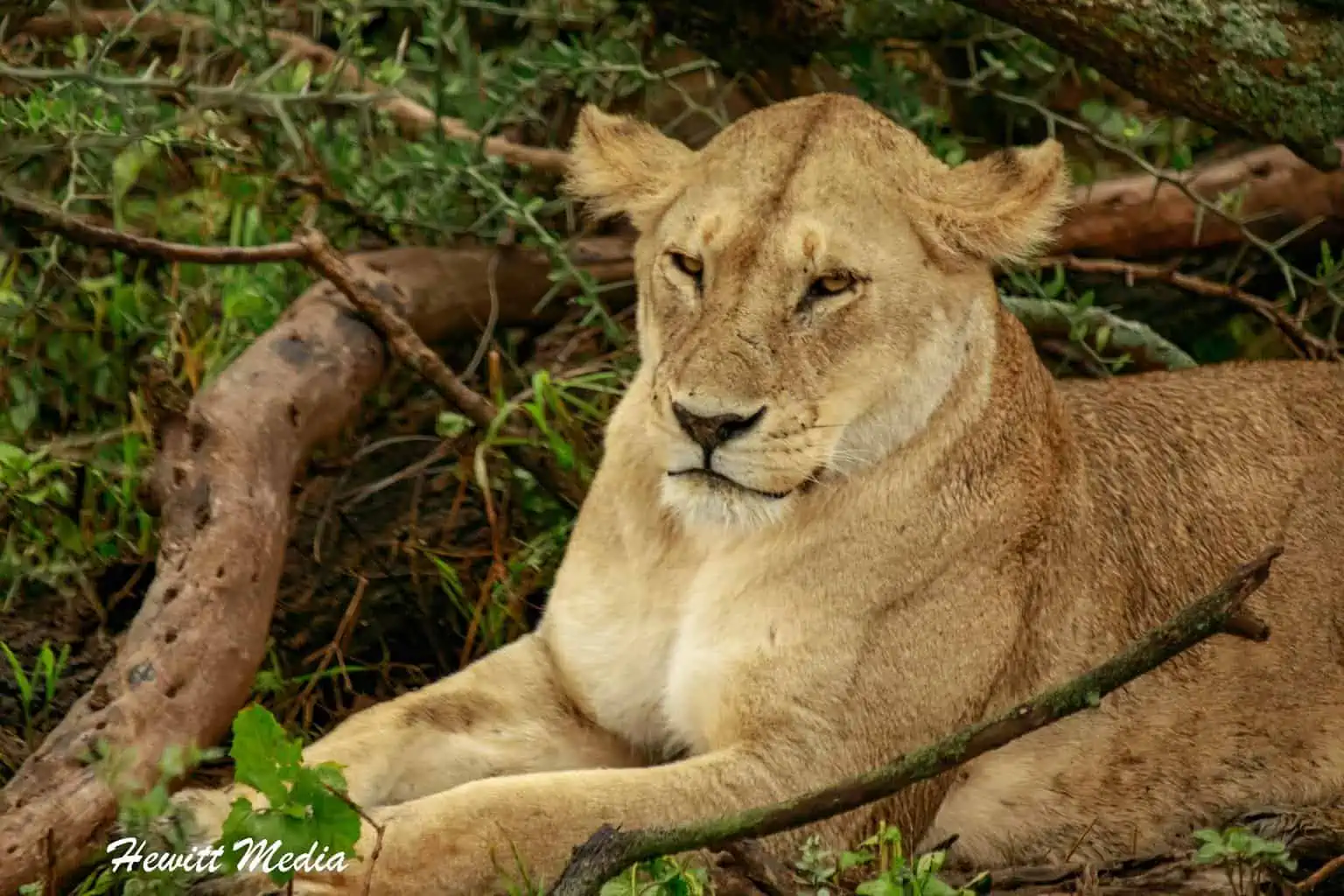
See the “Big Five” of Africa
In our short, two-day Serengeti National Park safari, we were able to see both a mother lioness protecting her newborn baby cubs in a thicket, as well as the rest of her pride feasting on a fresh wildebeest kill that they had made. These experiences are what make the Serengeti National Park such an amazing wildlife destination.
If you are looking for a great place to go on a safari in Africa, then your search should start with the Serengeti National Park in Tanzania and the Masai Mara in Kenya. These parks provide visitors with the ability to see the “Big Five” animals of Africa (lions, elephants, buffalo, rhinoceros, and leopards), as well as a plethora of other amazing wildlife. And if you plan your visit right, you might get to see the great migration unfold in this amazing place!
Serengeti National Park Guide Navigation Menu
Tanzania entrance requirements.
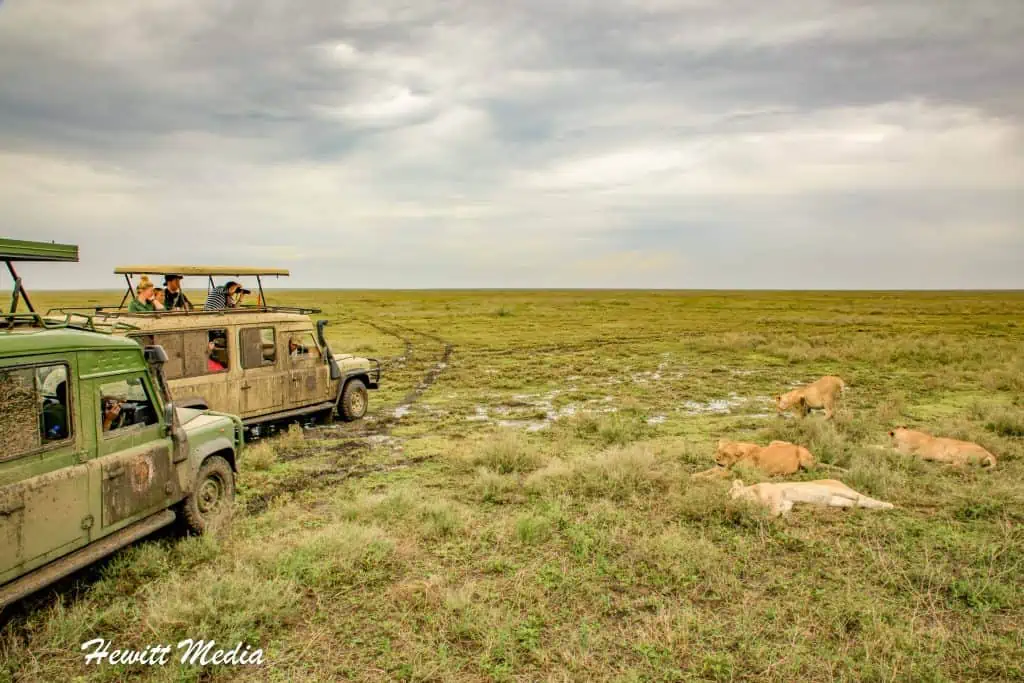
Before you can even start to think about your Serengeti National Park safari, you need to make sure that you can meet the Tanzania entrance requirements.
If you don’t meet the requirements, you will not be allowed entry into the country. This will put a huge damper on your safari plans. To assist you in ensuring you meet the requirements, I have outlined the passport and VISA requirements for you to review.
Tanzania Passport Requirements
One of the most important Tanzania entrance requirements you need to consider when planning your trip is Tanzania’s passport requirements.
According to the US State Department website , your passport needs to be valid for at least 6-months after your date of arrival. So, if your passport is set to expire within 6-months of your arrival date, you will need to renew your passport before you travel to Tanzania.
Tanzania VISA Requirements
You will also need to purchase a VISA to be allowed into Tanzania. This VISA can either be purchased ahead of time via as an e-VISA or be purchased upon arrival at your port of entry. The cost of a 90-day VISA for Tanzania for a US Citizen is USD 100. For a summary of the Tanzania passport and VISA requirements, please refer to the table below.
Tanzania Travel Immunizations

Important Note: I am not a medical doctor and do not have any medical experience. The information provided in this section is a summary of information that I got from the recommendations of the Centers for Disease Control and Prevention in the United States for travel to Tanzania . I am providing you this information to help bring awareness of the necessary vaccinations to you. However, consultation with my guide should not replace a discussion about your travels with your doctor or a travel medical clinic.
Before you leave for your trip to Tanzania to go on your Serengeti National Park safari, you need to make sure you have all of the proper vaccinations. Not only to protect yourself but to protect others. In fact, depending on where you are visiting from and whether you are making any stops before visiting Tanzania, you might not even be allowed in the country without the proper vaccinations.
Travel Vaccination Advice
You may have questions on what immunizations you will need and what to look out for when you go to get them. In this case, I have included some general guidelines from my experiences below.
- Most specialized travel clinics will not accept insurance, so you will have to pay for your travel consultation and immunizations and then request reimbursement from your insurance company later.
- Some immunizations aren’t accepted by every insurance company, so check with your insurance provider before getting your immunizations.
- Check with your regular doctor first, as often they can do a travel consultation for you and write you the necessary prescriptions for your immunizations, even if they aren’t able to give them to you. This way you can ensure that at least your travel consultation will be covered by your insurance up-front.
- Check with Walgreens or other drug stores that give flu shots to see if they have any of the immunization shots that you require before going to a specialized clinic that doesn’t accept insurance to get them. Walgreens can give you many of the immunizations necessary for international travel, and they accept insurance up-front.
- The Centers for Disease Control (CDC) website can be a great resource for answering any travel immunization questions that you have.
Tanzania Vaccination Recommendations
You will need to consult with your doctor or a travel clinic on recommended vaccinations before you leave. I have compiled a list below of some of what you might expect your physician to recommend.
- Antimalarial (Aralen, Qualaquin, Plaquenil, Mefloquine, or Doxycycline).
- Typhoid (either a shot, which is good for 2 years, or a live virus pill, which is good for 4 years).
- Yellow Fever (be aware that some countries require a yellow fever vaccination if you are traveling from another country that is high risk, even if your stay in that other country was short).
- Hepatitis A & B (if you haven’t had them).
- Tetanus (if you aren’t current).
- Rabies (if you are going to be working in close contact with animals).
- Dukoral (gives you 3-month protection against travel diarrhea).
Yellow Fever Vaccination Requirements
Depending on which country you are arriving from, you may need to have a Yellow Fever vaccination to enter the country. If you are traveling to Tanzania from another country in Africa, please use the US Centers of Disease Control (CDC) website to determine if you will be required to have proof of the Yellow Fever vaccination to enter.
What to Bring to the Serengeti
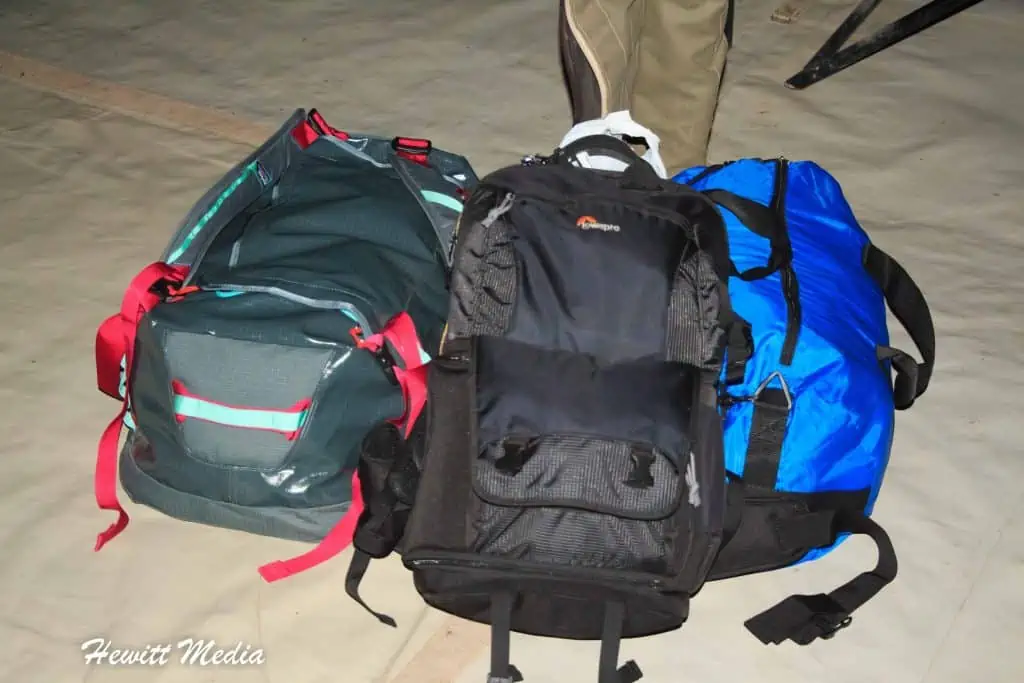
If you are going on safari for the first time, you might not know what to bring with you. To help prepare for your Serengeti National Park safari, I have developed several guides that you should review.
What to Expect When Visiting Africa for the First Time
First, my article on the “20 Tips for Those Visiting Africa for the First Time” will help get you prepared. The article outlines what you can expect when you visit Africa for the first time. It outlines what you should and should not do while visiting. It also gives you some tips on what to expect during your first visit to Africa.
Then, as you prepare for your trip, you will want to review my “Essential Safari Packing List”. This guide will ensure that you have all the gear you need for your safari. It also outlines what you should not bring with you.
Finally, my last article covers taking pictures while on safari. My “Tips for Photography on African Safaris” guide will help you take the best possible photos of your epic adventure. Not only does it include photography gear I recommend, but it also covers my recommended camera settings.
Getting to the Serengeti National Park
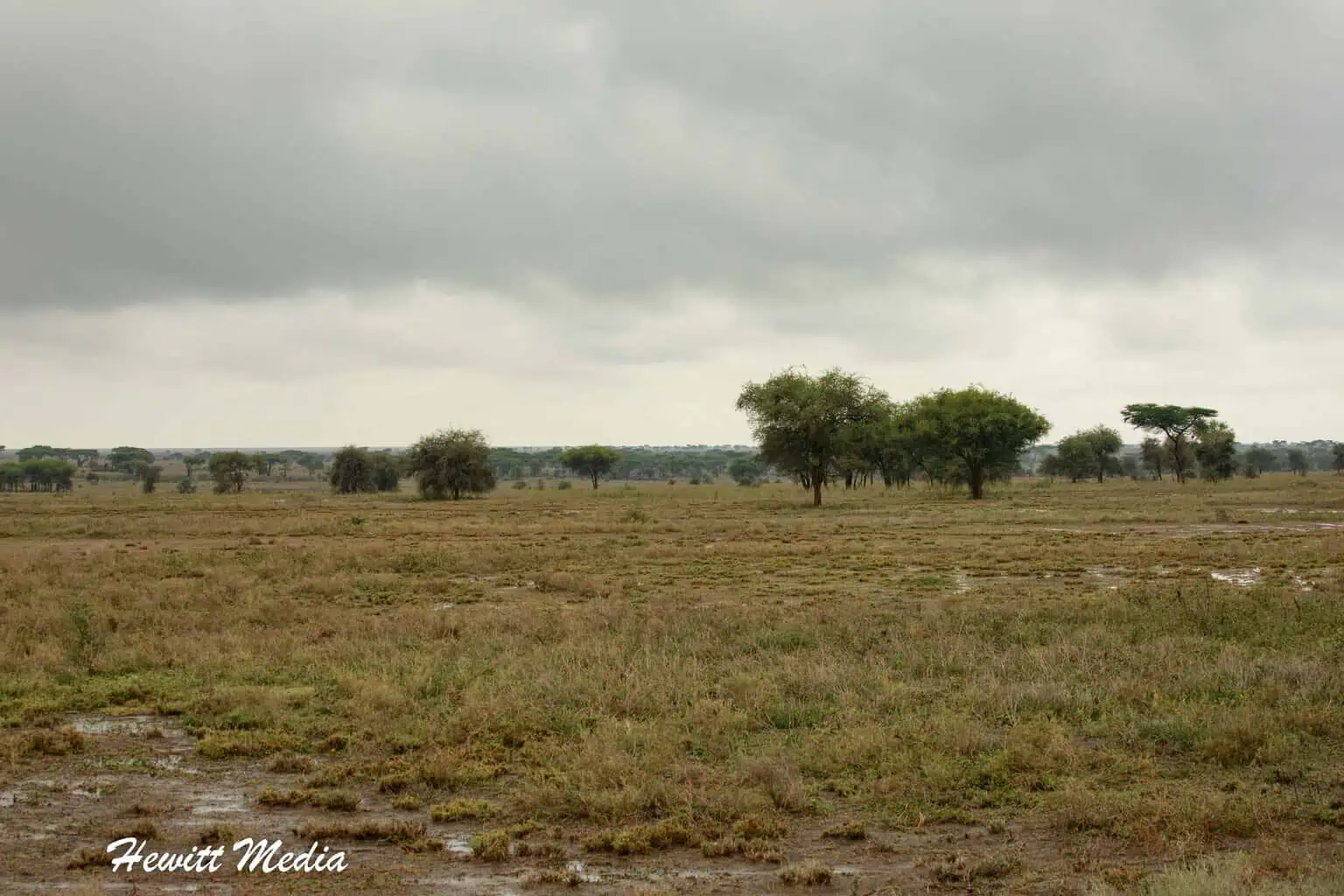
The Serengeti National Park is located in Northern Tanzania, right on the border with Kenya. In fact, the Serengeti National Park continues into Kenya, where it becomes the Masai Mara National Reserve. The huge area created by these parks, along with the Ngorongoro National Conservation Area that joins to the East of the Serengeti, makes it one of the largest wildlife conservation areas in the world.
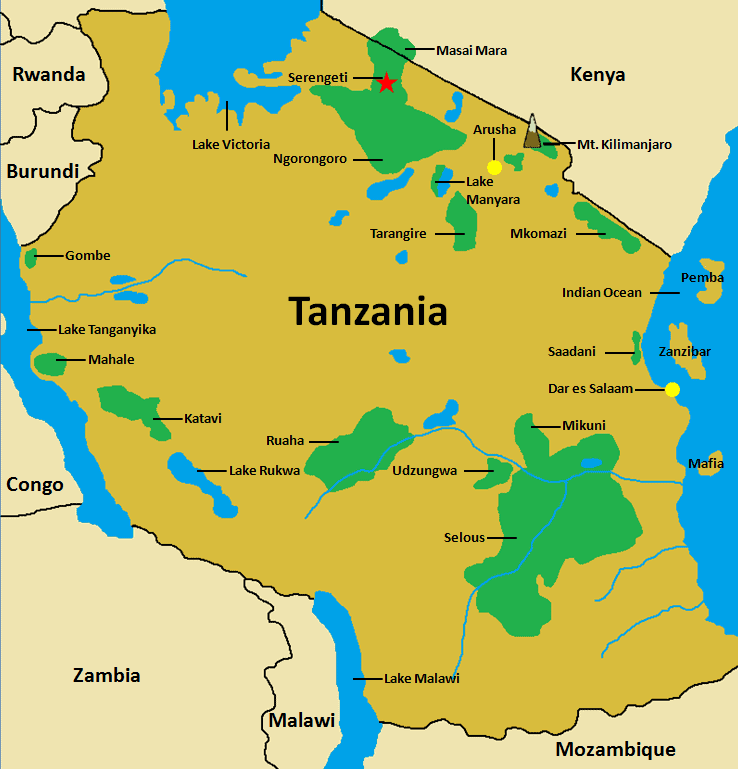
If you are planning on a safari trip to Tanzania and Kenya, there are other parks that we would recommend in addition to the Serengeti and Masai Mara.
The Ngorongoro Crater
The Ngorongoro Crater, which we wrote about previously, is one of the most unique wildlife areas in the world because it is an enclosed, protected wildlife sanctuary that is located in the crater of an extinct volcano.
Wildlife in the crater doesn’t migrate because there is water in the crater year-round, so it affords visitors some of the most predictable wildlife viewing experiences of any wildlife area in the world.
Lake Manyara National Park
In addition to the Ngorongoro Crater, the Lake Manyara National Park is a unique and incredible wildlife park because of its abundance of animals and its unique tree-climbing lions.
It is a park that we visited during our trip, and we absolutely loved it. There are also the Tarangire, Arusha, and Mount Kilimanjaro National Parks in the area that are absolutely worth exploring.
Depending on the length of your stay, you can combine many of these parks into a single safari vacation and get to see many of the beautiful wildlife areas in Tanzania and Kenya.
Recommended Serengeti Tours
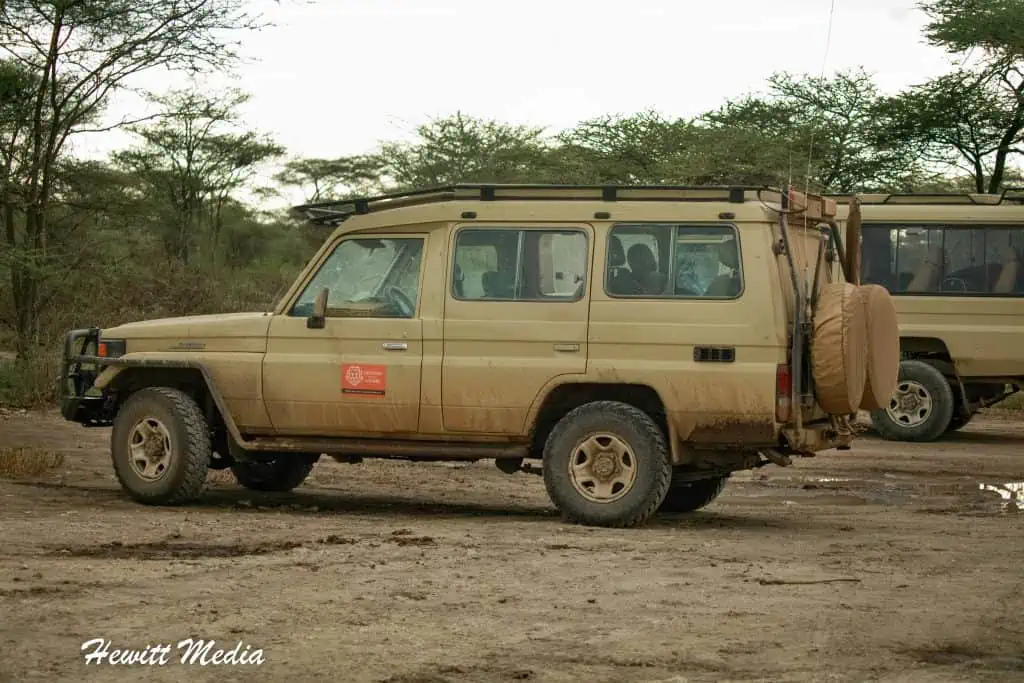
We used Tanzania Choice Safaris for our safari, and we absolutely loved them. We have relatives who lived in the country and had used them on multiple occasions and had a lot of really great things to say about them.
They were very courteous, well-organized, and extremely knowledgeable about the parks and the wildlife. We would absolutely recommend them to anyone considering a safari in any of the national parks in Tanzania. If you are looking for a safari tour of the Serengeti National Park, here are some good ones I can recommend:
My Top Recommendation
Best time to visit the serengeti.

Before you decide when to take your Serengeti National Park safari, I would suggest thinking about when you want to go. There is never really a bad time to visit the Serengeti. However, depending on what you want to see, some months are better than others. The information in this section of my guide will give you all the information you need to make this decision.
Average Temperature (℉)
The climate around the Serengeti National Park is typically very moderate and pleasant throughout the year. It never gets scorching hot like it does in Botswana and Zimbabwe, but it does get hot.
In the mornings and evenings, it is consistently cold throughout the year. You will need to bring a jacket with you for early morning game drives and evenings. The good news is, that Tanzania uses closed safari vehicles, so the morning game drives won’t be that cold.
Average Precipitation (Inches)
The dry season in the Serengeti is from June until October. Most people believe there is only one wet season, but there are actually two. There are short rains from November until December.
Then, the long rains last from March until May. This is what most people refer to as Tanzania’s wet season. During the wet season, you’ll rarely see it rain all day long. However, you will consistently see afternoon rain showers.
Best Months of the Year to Visit
What the “best” months of the year to visit will largely depend on what you want to see. For instance, do you want to see the wildebeest migration at its height? Or, are you more interested in seeing baby animals? Perhaps you want to see some crocodile activity at the river crossings?
These are the ultimate factors you will want to consider. However, if you ask me, some months are better than others. For information on which months of the year I think are best to visit the Serengeti, please see the chart below.
The Seasons in the Serengeti
If you are interested in seeing baby animals, the wildebeest calving season is between January and February. The period between June and September is great for general wildlife viewing and you have a great chance of seeing wildebeest and other animals do river crossings of the Grumeti River in June and July and the Mara River in September.
During the wet season, which is typical during March and April, the area can get quite a bit of rain. These are the storms that the herds of wildebeest, zebra, gazelle, and other grazing animals follow to take advantage of the fresh grass that grows after the storms. If you are looking to see the wildebeest migration at its height, visiting during June and July is your best bet.
The Great Wildebeest Migration
The wildebeest will be heading from the heart of the Serengeti on their way North towards the Masai Mara in Kenya. These months typically have the best weather as well. If you would like to understand the wildebeest migration and where the animals will typically be during certain parts of the year, I have included a map below that gives you an overview of the migration.
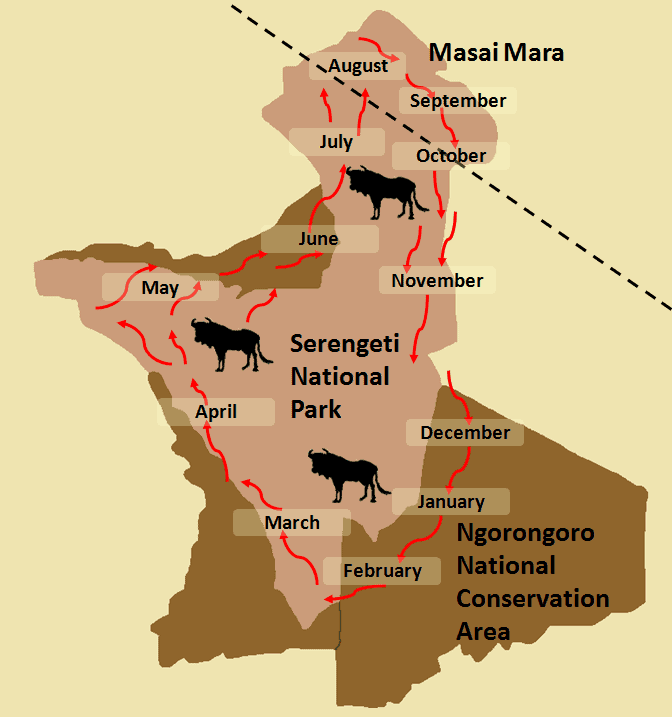
View Larger Map
June to October (The Dry Season)
- Best time to see the wildebeest migration. They tend to be in the Western part of the park between June and July and in the Northern part of the park between August and September.
- The animals are typically easier to see because the vegetation isn’t as thick, and the animals tend to gather around water sources.
- This time of year typically has the best weather.
- The park is the most crowded.
- Mornings and evenings can be quite cold because this is the wintertime in Tanzania.
November to May (The Wet Season)
- Late January into February is the best time to see baby animals as this is the wildebeest calving season. It is also a great time to see predators in action as they tend to target the young wildebeest.
- The animals can be more difficult to spot because water is plentiful, so there is no need to congregate around water sources, and the vegetation is the thickest.
- April and May are the low seasons, so the park is less crowded, and the rates are the lowest.
- Migratory birds are typically in the park, so it is the peak season for bird watching.
- March through May is the peak of the wet season, but storms typically occur in the afternoon, so there is still time to go on safari early in the day.
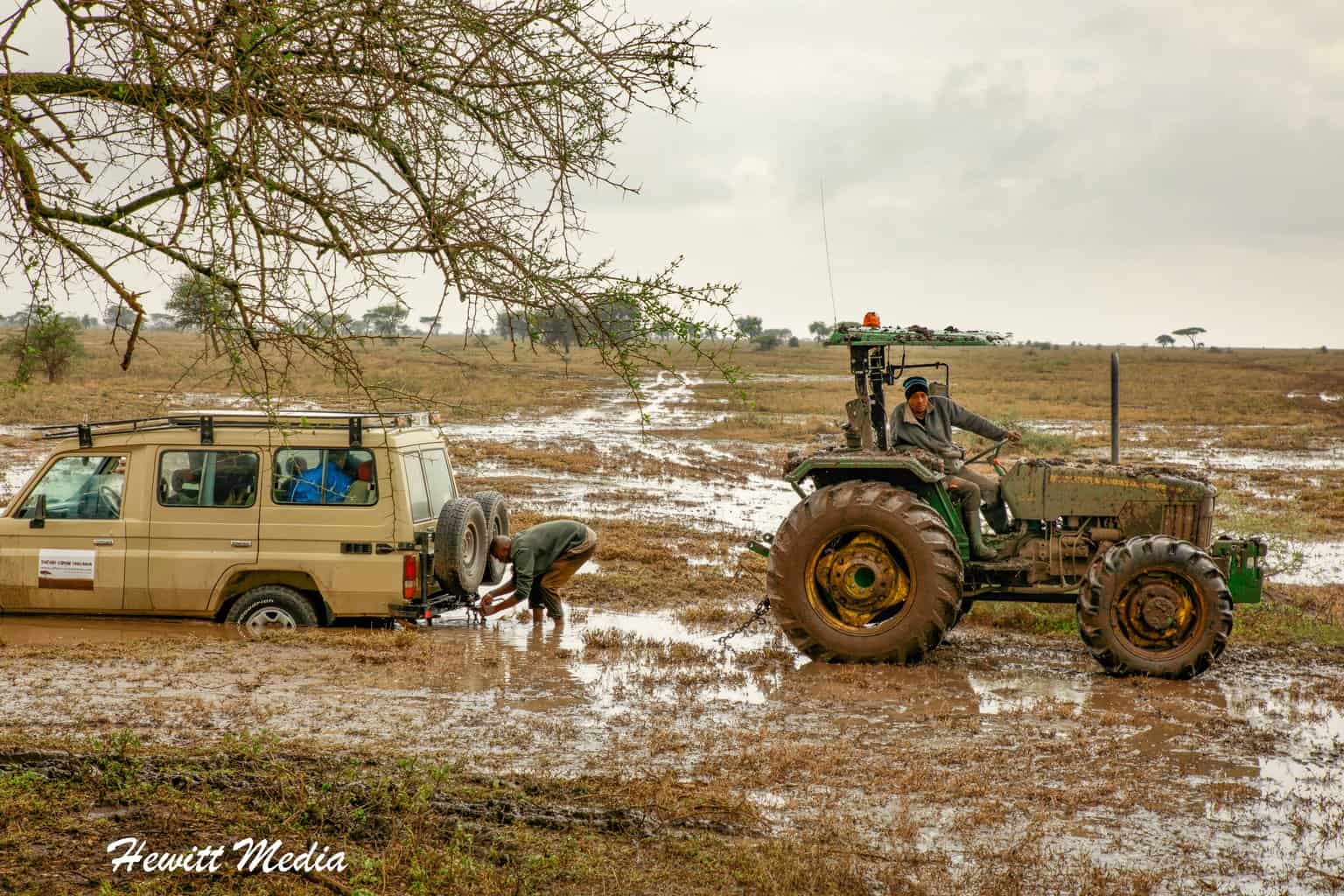
Where to Stay in the Serengeti
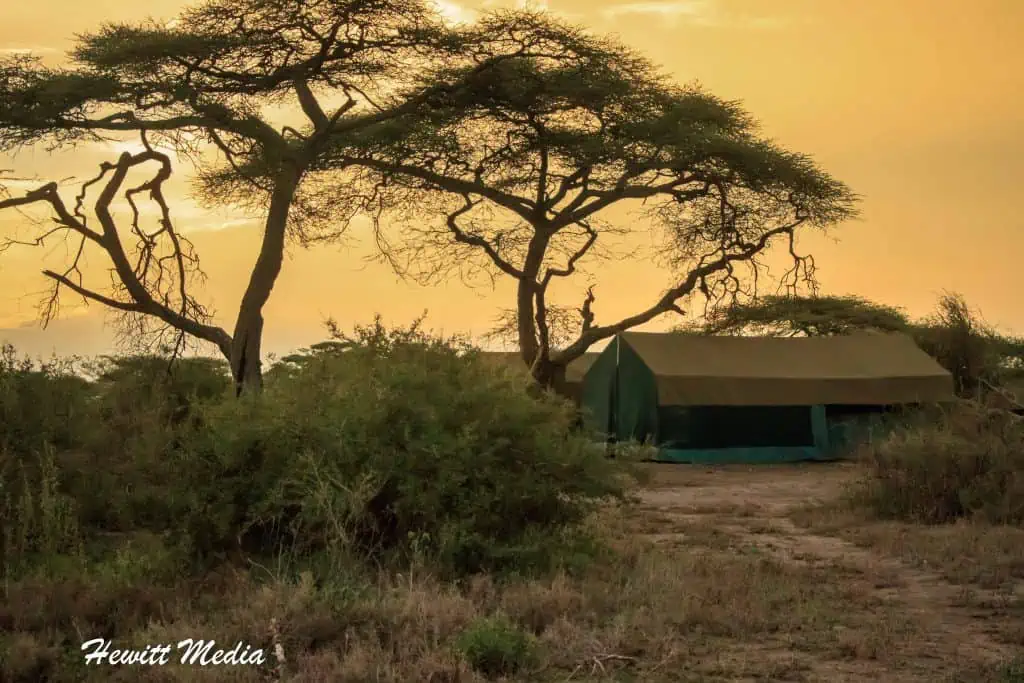
One of the most memorable experiences we had while on our Serengeti National Park safari was our experience camping in the park. If you are planning on going on a safari in Africa, I would absolutely recommend that you spend at least one-night camping.
Camping in the Serengeti is an Amazing Experience
There is absolutely no better way to get an authentic safari experience and really feel like you are part of the environment. I wrote about our night camping in the Serengeti National Park in an article that I linked below.
It was such a surreal experience to sit by the campfire, drinking a hot beverage and chatting with other like-minded adventurers, in the middle of one of this world’s most infamous wildlife sanctuaries.
Being woken in the middle of the night by a clan of hyenas passing through our camp was both thrilling and exhilarating, to say the least. If I had to point to one experience on my safari adventure in Tanzania as the most memorable, it would be the night that we camped.
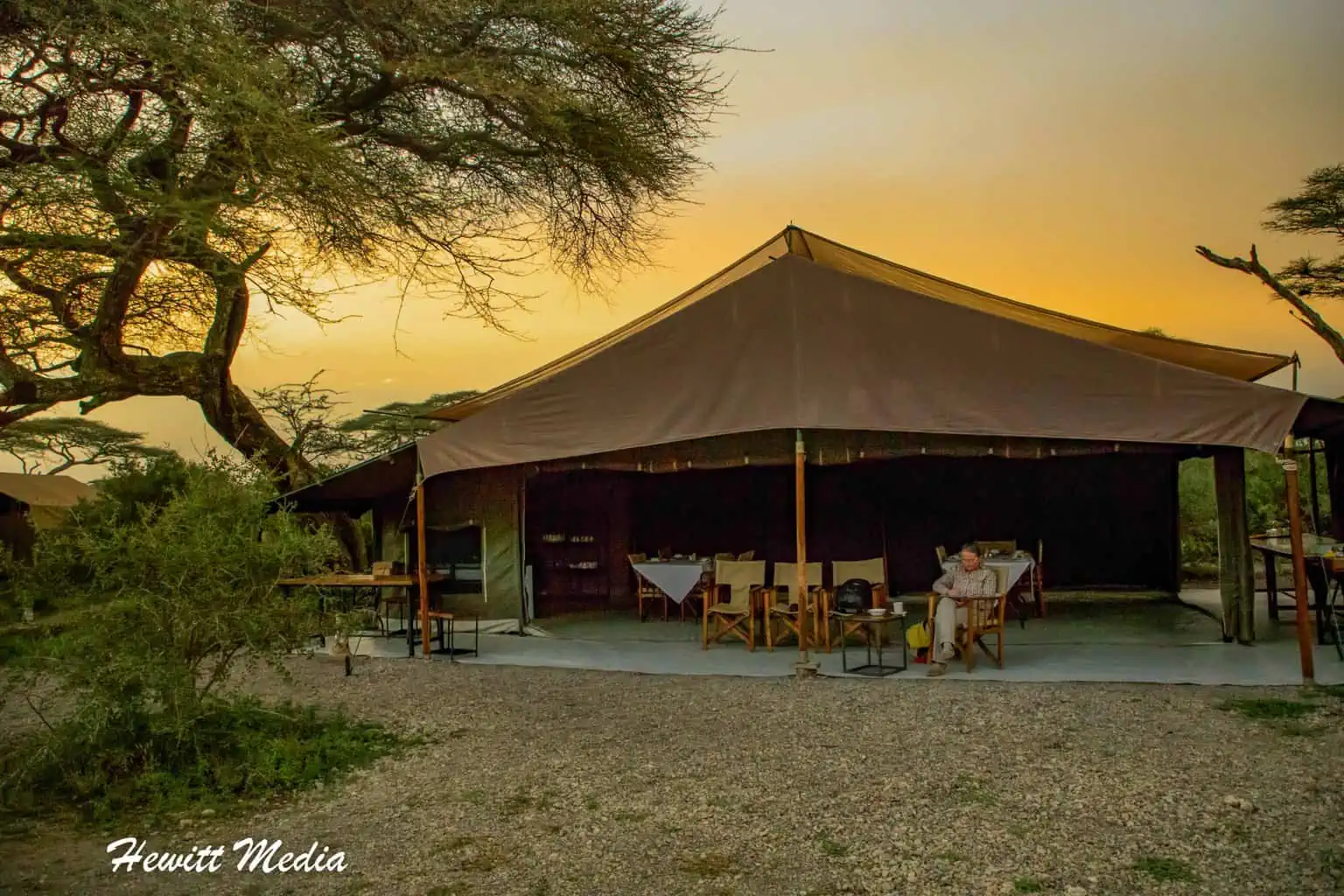
Now, before you start to worry about safety, let me assure you that the accommodations are very safe and secure. These aren’t the typical camping tents that you sleep in while on a camping trip.
These are thick canvas tents that have a bathroom and shower inside. As long as you follow the proper safety guidelines and do not leave your tent when it is dark, you are perfectly safe sleeping in these tents.
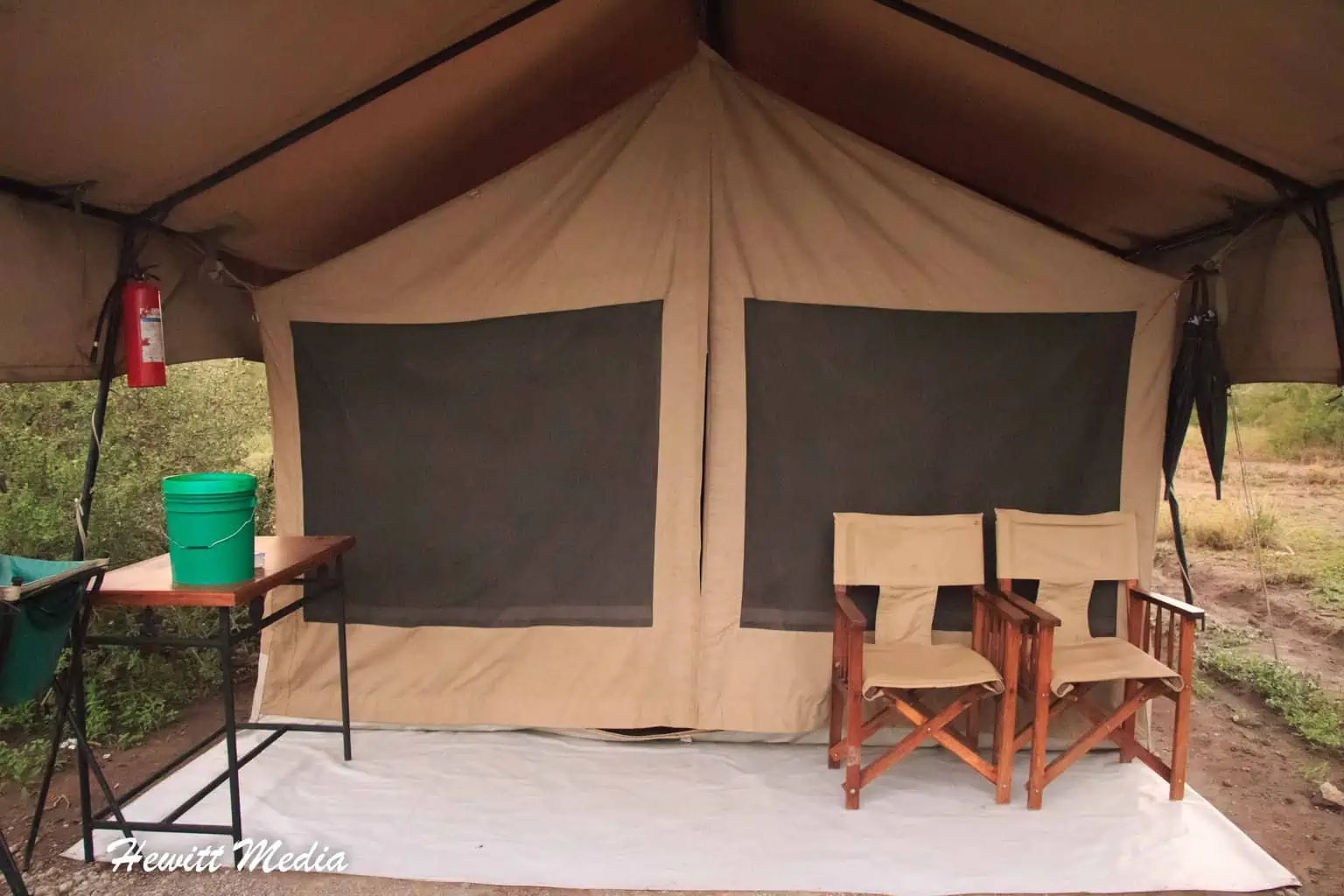
It may not have all of the luxuries you might be accustomed to back home, but nothing beats being out in the middle of the Serengeti and among the very wildlife you came to see. It is truly an amazing experience that I absolutely recommend to anyone who is considering going on safari in the Serengeti National Park.
Campsite and Lodging Recommendations
Below you will find a detailed map of the Serengeti National Park and the surrounding park and conservation lands. The map includes plenty of lodges and tented camps that you can consider when going on safari in the area.
Pro Tip: Make sure you decide which parts of the Serengeti and surrounding areas you want to see first and then look into the accommodations. In most cases, your safari operator will have recommendations for lodges and camps in the areas that you will be visiting and will make the arrangements for you.
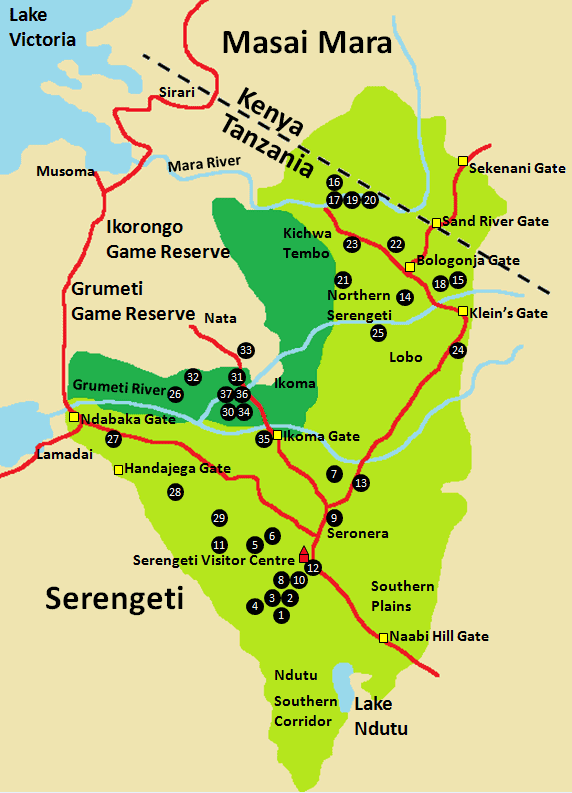
Accommodations in the Central Serengeti
Accommodations in mara – the northern serengeti, accommodations in lobo – the northern serengeti, accommodations in the western serengeti, accommodations in the ikoma region, serengeti national park fees.
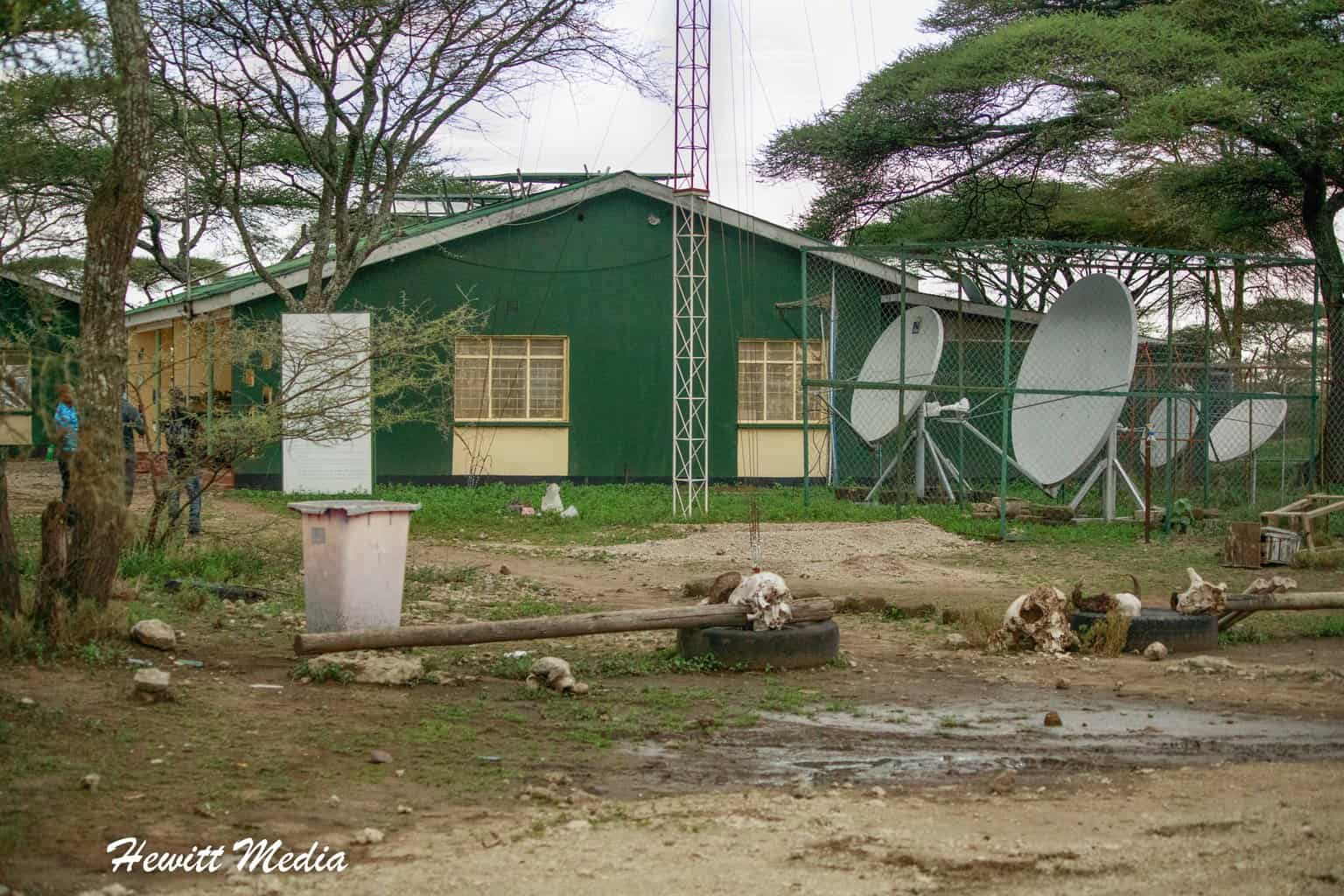
Important: Make sure you read the section below carefully so that you understand how long your permit for the Serengeti National Park is good for. I have read a lot of stories about people who had their trips ruined because they did not properly understand the rules.
To enter the Serengeti National Park, you must purchase a permit. The permits are obtained on a per-person basis, and they are good for 24 hours.
This is important when considering when you are going to enter the park. Should you enter the park at mid-day, you will be expected to exit the park at mid-day the next day. If you stay past the 24 hours allowed by your permit, you will need to pay for a permit for an additional full day.
In most cases, your safari operator will take care of purchasing your safari permits for you and will handle the logistics of when you enter and need to leave the park. However, if you are planning on doing a self-drive through the Serengeti, please check the Tanzania Parks official website for the current fees .
The Wildlife You Might See in the Serengeti
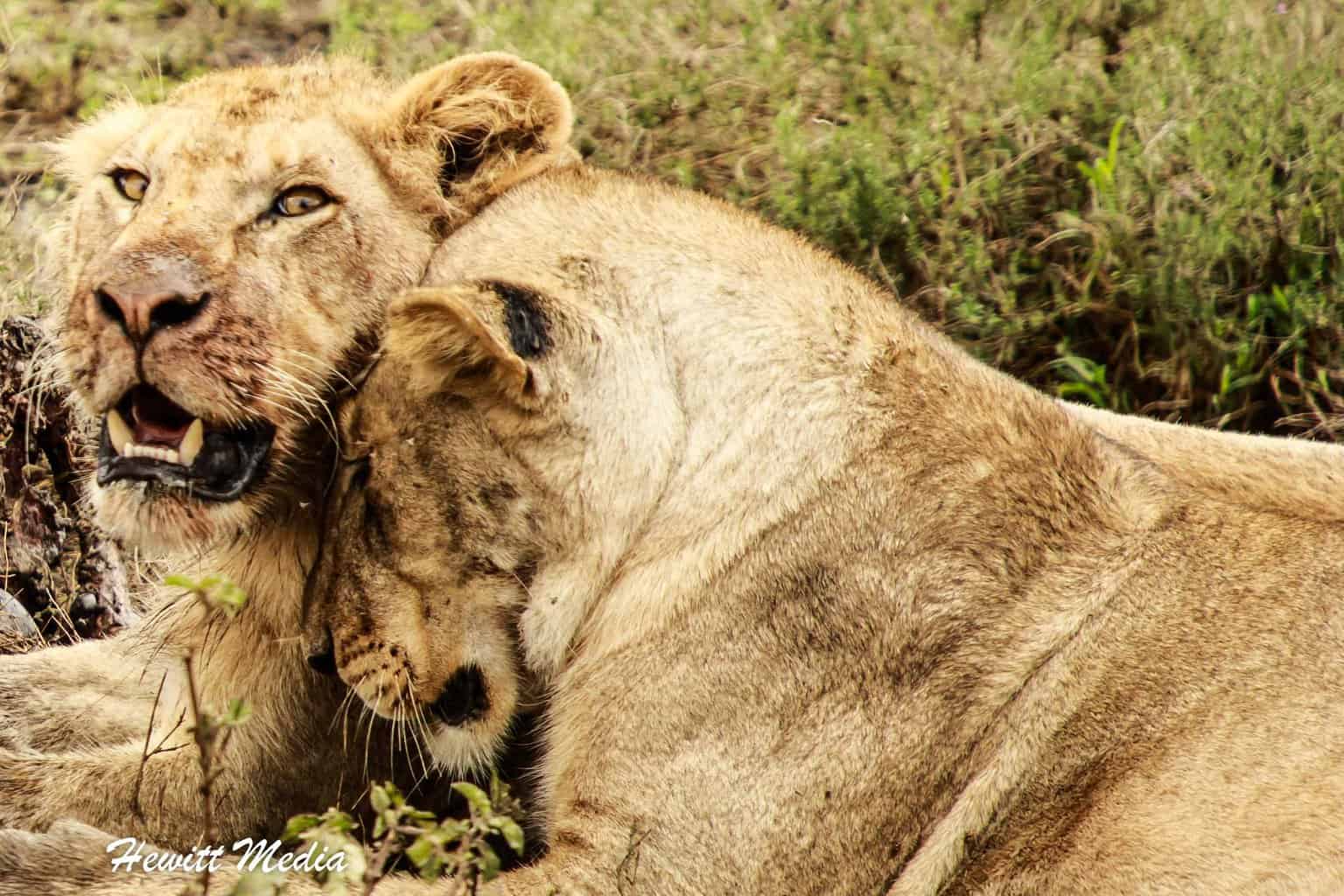
The landscape in and around the Serengeti National Park is truly remarkable in and by itself, but the main reason people flock to go on a Serengeti National Park safari is to see the wildlife.
And let me tell you, the wildlife does not disappoint. With the large numbers of migrating animals and all of the predators that congregate to feast upon them, there is no shortage of wildlife in the savannas of the Serengeti.
When you are on a Serengeti National Park safari, you can expect to see most, if not all, of the animals that you came to Africa to see. In addition to the “Big Five” animals of Africa, which include elephants, rhinos, lions, leopards, and buffalo, you have a good chance of seeing spotted hyenas, cheetahs, hippos, giraffe, zebra, wildebeest, and many of the other grazing animals that Africa is known for.
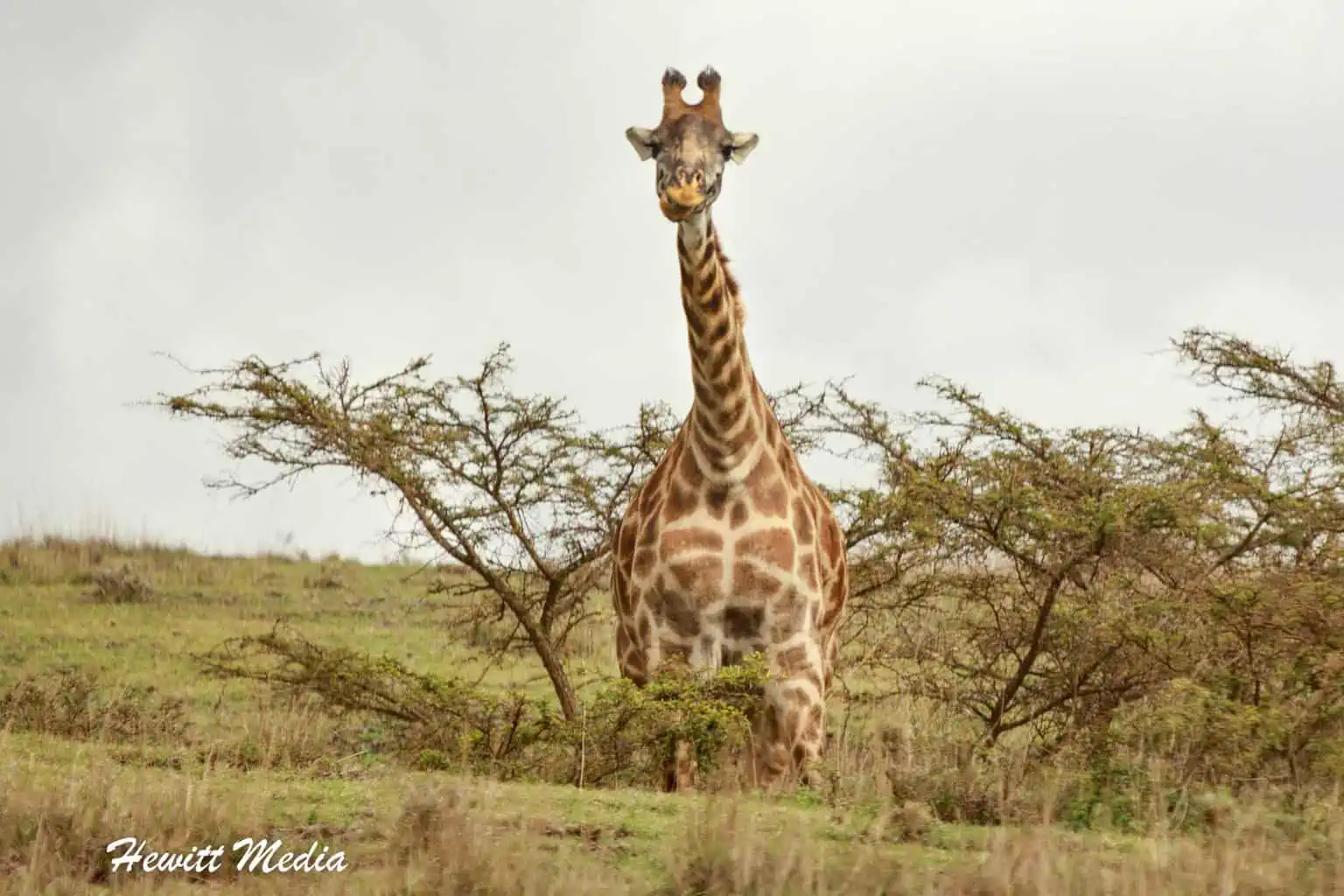
The Serengeti is a Great Place to See Predators
If you are looking to see some action, a Serengeti National Park safari also provides you a great chance to see some predator action first-hand year-round, but this is especially true during the calving season in late January and February and during the height of the great wildebeest migration.
When we were on safari in the Serengeti, we got to see lions feasting on a wildebeest, which was a very surreal experience. It was sad to see a life lost, but we were happy to see that all of the little lion mouths would be fed that day.
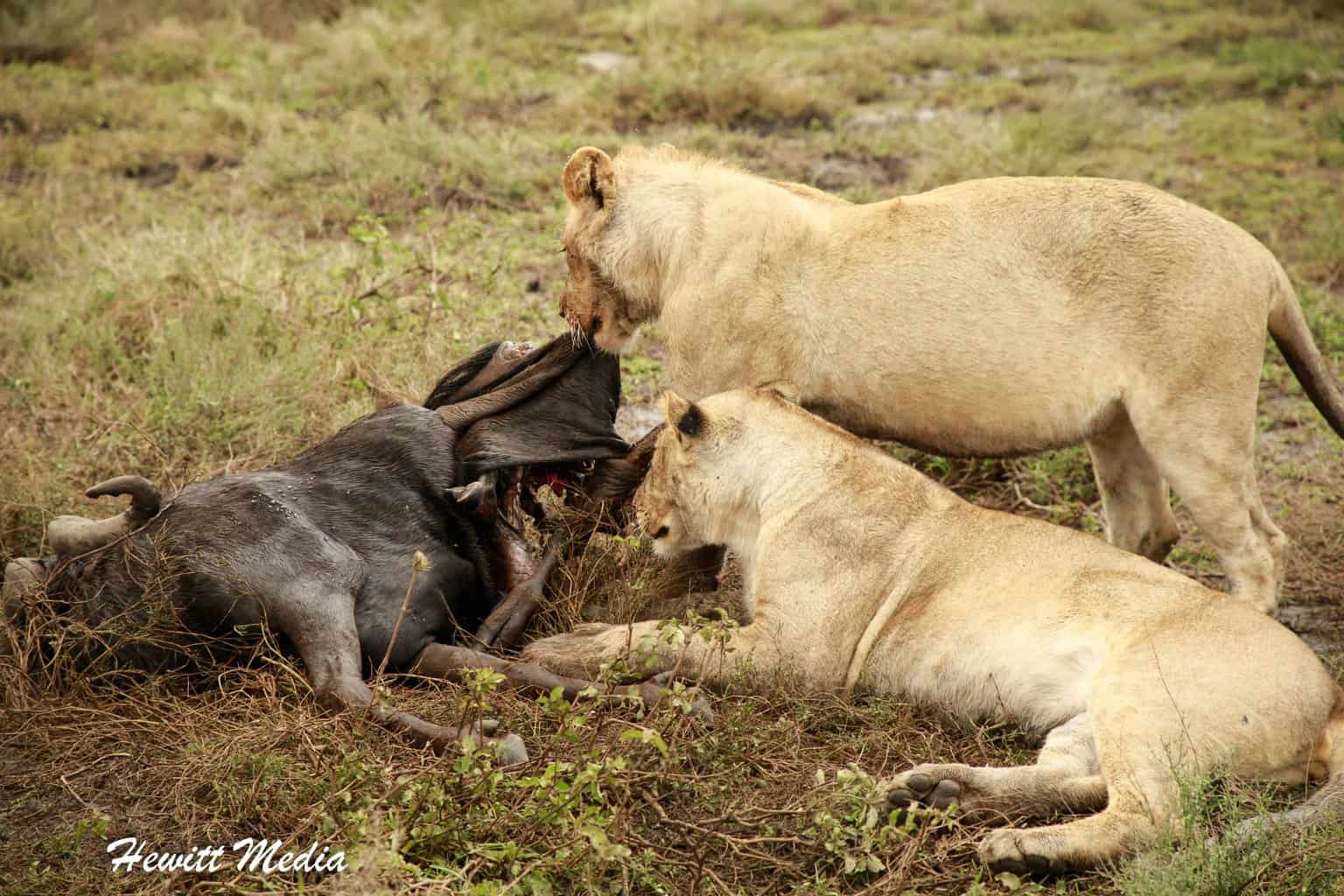
The Serengeti is a big place and there is so much to see, so make sure you communicate with your safari guide. If you let them know which animals you are really interested in seeing, they will be able to put you in a better position to see those animals.
In addition to their years of experience guiding and tracking these animals, they also have two-way radios that they use to communicate with other drivers and share information about what is happening throughout the Serengeti.
Serengeti Safari Tips
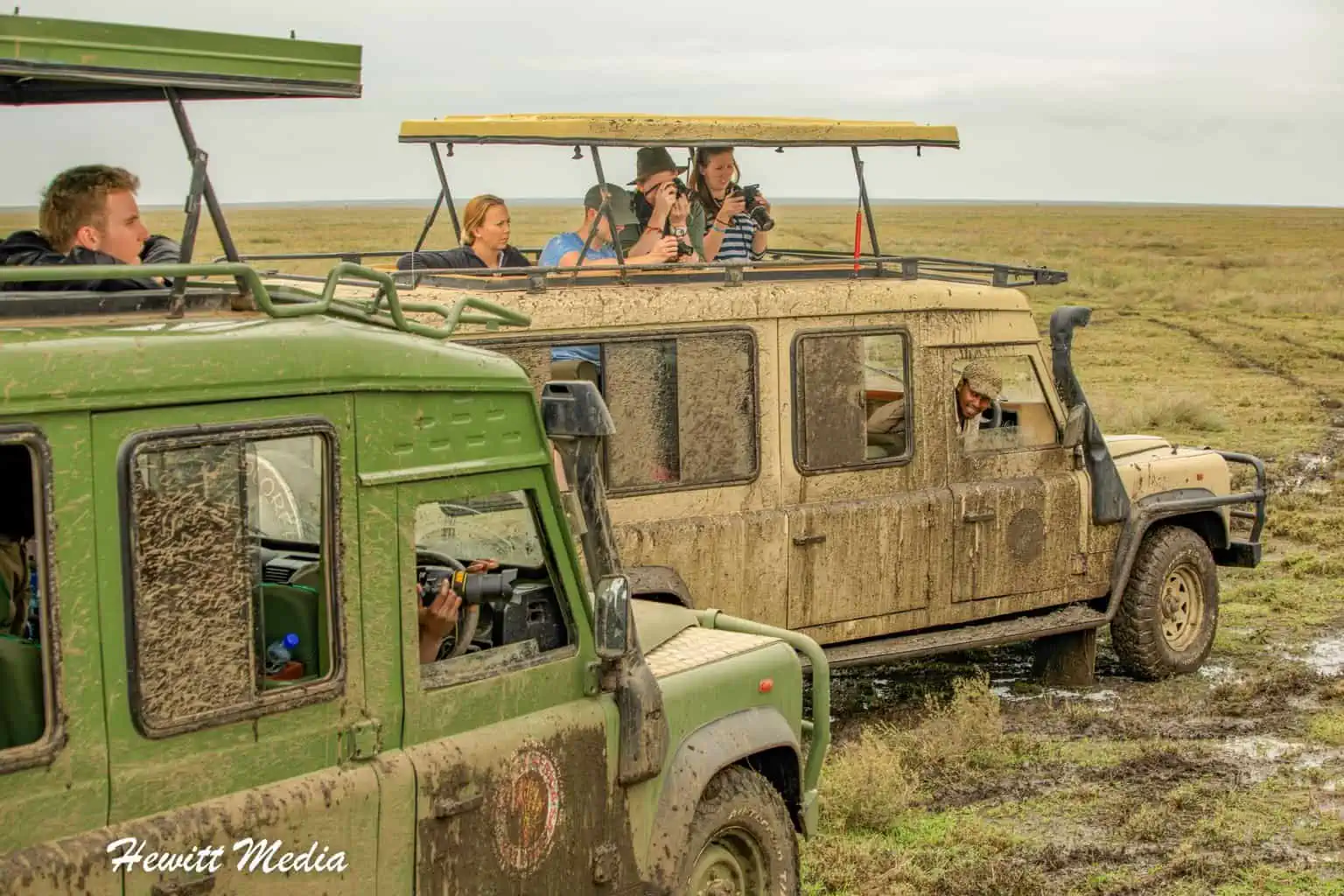
When you are on your Serengeti National Park safari, where animals are abundant, it is easy to get lost in the experience. Being on safari is such an amazing experience and you should enjoy every single second of it. However, if you aren’t careful, you might not get everything out of the experience that you could have.
To make sure that you get everything out of your safari experience in the Serengeti that you possibly can, I have provided some general safari tips below for you to review.
Be Patient and Open Minded
When you are on safari, everything isn’t going to go according to plan. The weather, the animal’s behavior, and other factors are going to impact where you go and what you see.
Safety First
It is really easy to get caught up in the safari experience and want to get the best pictures you possibly can. However, safety should always be the primary concern. To give you some help in how to remain safe while on safari in the Serengeti, I have outlined some general safety tips for you to review later in this guide.
Don’t Get Stuck Behind Your Camera
Everyone wants to get great pictures while on safari, and you should absolutely bring your camera and take a lot of pictures. However, if you spend your entire time in the Serengeti looking through your camera, you are going to miss out on some of the experience. I would recommend setting your camera down every once in a while and just enjoy being in such an amazing place.
Ask Lots of Questions
Make sure you ask your guide a lot of questions while you are in the Serengeti. It is easy to get caught up in the moment and forget to ask which type of animal you are looking at or why they are doing what they are doing, but your safari guide is there to answer these questions for you. And believe me, they enjoy answering these questions. Don’t get home and regret not asking those questions.
Be Conscious of Time
You are going to see some amazing things while you are on safari in the Serengeti. However, as I mentioned before, the time that your daily permit is good for is limited.
Don’t get too caught up in one place within the Serengeti for too long as you might regret not having time to do other things later. By no means am I suggesting that you should rush through the park, but you might not want to linger watching one thing for hours upon hours either.

More than anything else, the best tip I can give you is to just have fun. Going on a Serengeti National Park safari should be a trip of a lifetime, and you should enjoy every single second of this adventure. Don’t get caught up on the little things that might go wrong. Before you know it you will be back at home and left with just the memories and pictures of your adventure. Make those memories great ones!
Safari Safety Tips
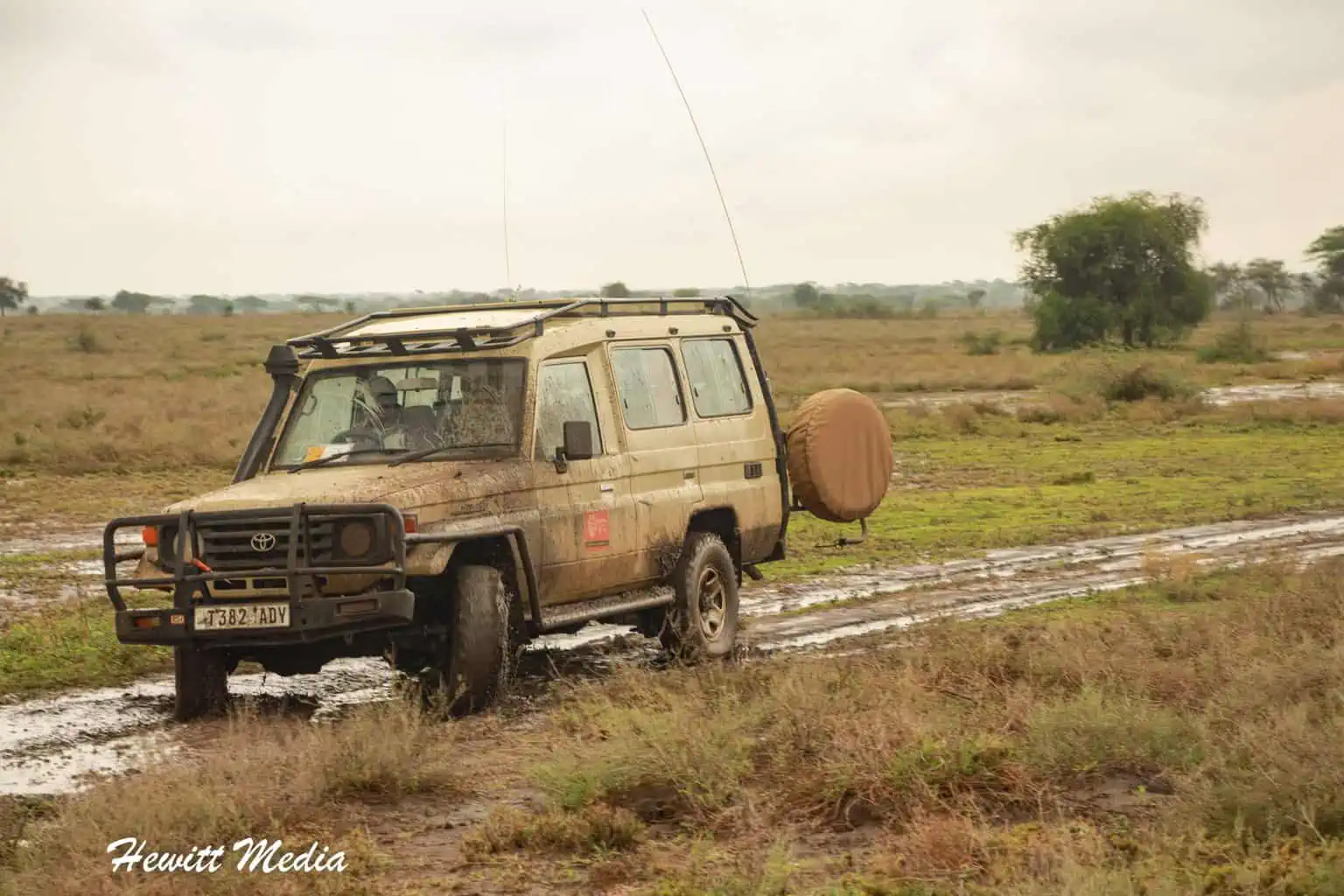
Being on a Serengeti National Park safari can be an amazing and exciting experience, but it can also be a very dangerous experience if you don’t follow the proper safety rules. To ensure that your safari experience is a memorable and safe one, I have outlined some general safari safety rules for you to review below.
Obey Your Safari Guide at All Times
The most important safari safety tip of all is to listen to your safari guide and obey them at all times. They are there to keep you safe, so let them.
Don’t Stick Anything out of the Safari Vehicle
It is never a good idea to stick anything outside of a safari vehicle. Whether this be your arms, your feet, or your camera as you try to get a great picture, keep them inside the vehicle at all times.
Don’t Make Frantic Movements
When you are in the safari vehicle, the animals tend to think of the vehicle, and everything associated with it as one homogeneous entity. However, if you make sudden and frantic movements, or do something else to make you stick out as apart from the vehicle, you may become an object of interest to them.
Never Get Out of the Vehicle
This point cannot be stressed strongly enough. Never, and I mean never, get out of your safari vehicle unless your safari guide explicitly instructs that it is safe.
Never Leave Your Tent or Lodge at Night
This is another point that I cannot emphasize strongly enough. You should never leave your tent or lodge room at night without a chaperone. The African bush can be a dangerous place, especially at night, so make sure you follow whichever procedures your safari guide gives you for getting assistance at night. If they don’t mention this, make sure you ask ahead of time.
Walk, Never Run
If you do find yourself outside of your vehicle and confronted by an animal (hopefully this never happens), then make sure that you stay as calm as possible, walk away slowly (never turning your back on the animal), and NEVER, EVER run away.
Be Careful Around Lakes and Rivers
Unless you are explicitly told by your safari guide that the waters are free of hippos and crocodiles, you should never attempt to swim in a lake, river, or pond. Even then, I would think twice about doing it. Hippos kill more people in Africa than any other animal, and crocodiles are not far behind on the list, so you always have to be safe when even approaching bodies of water.
Stuck in the Serengeti
It wasn’t all fun and games while we were on our Serengeti National Park safari. On our second to last day of safari, we managed to get stuck in the mud in the Serengeti. It was an interesting experience, to say the least. Check out the short video below to find out how it could have been much worse for us.
Serengeti Safari Photo Gallery
Serengeti National Park is one of the most amazing wildlife destinations in the world. Below is a gallery of just some of the wonderful pictures we were able to take while on our Serengeti National Park safari.
If you would like to see more of my travel photography, I would also encourage you to give me a follow on Instagram . Putting this blog together to pass on my free guides, itineraries, and travel photography tips is a lot of work and your support in the form of a follow-on Instagram would be so very much appreciated!
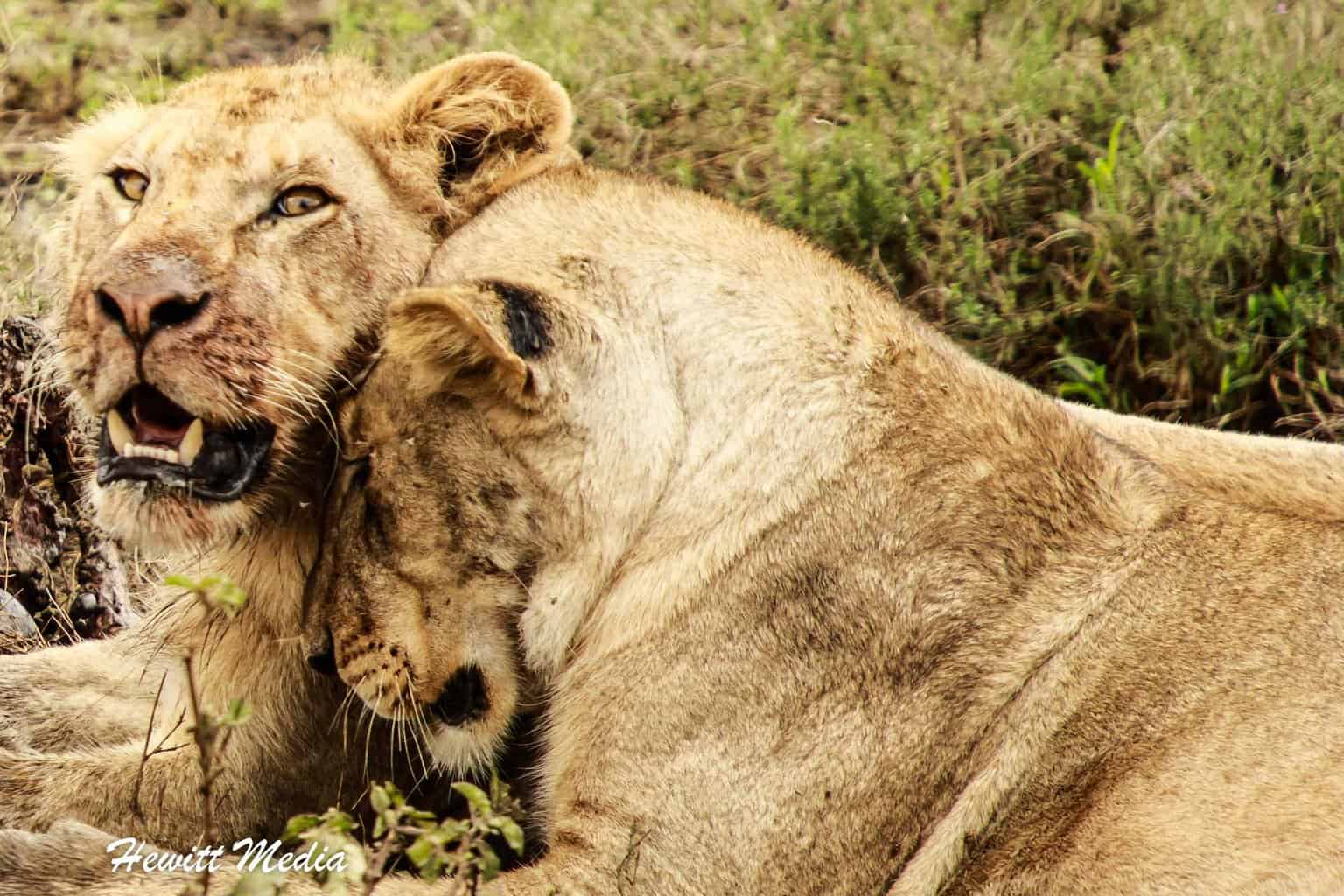
Don’t Forget to Subscribe to My Adventures!
Type your email…

Let Me Help You Save On Your Next Adventure!
‘start exploring today’ merchandise available now.
Published by Josh Hewitt
Avid traveler and photographer who loves to see new places, meet new people, and experience new things. There is so much this world can teach us, we just need to explore! View all posts by Josh Hewitt
Related Articles

Segovia, Spain Travel Guide: Exploring the Historic City

Planning the Perfect Two-Week Thailand and Cambodia Itinerary

Capturing the Magic: Top Photography Spots for Bali Destination Weddings
Leave a reply cancel reply.
Thanks so much for the kind words Nick!!
Hello Josh, Great article, love all the info you have provided!! Thanks for sharing. We completely agree that Hwange is…
Nice Blog, Thanks for sharing this informative blog. We also provide nepal tour package. Nepal tour Package
[…] The 100 Best National Parks in the World – Part 5 (1-20) […]
Discover more from Wanderlust Travel & Photos
Subscribe now to keep reading and get access to the full archive.
Continue reading

Subscribe To My Adventures!
Arusha - Tanzania
Best Time To Visit The Serengeti National Park
When is the best time to visit serengeti.
The Serengeti National Park provides amazing chances to see wildlife all year round - you just have to figure out the best time and place to witness the incredible Great Migration, one of nature's most spectacular events.
But beyond the iconic the Great Migration, lies a question crucial to your safari experience: when is the best time to visit Serengeti? .
This article, we'll learn when is the best time to go to Serengeti national park , Tanzania, for the Great Migration to the diverse wildlife in the Serengeti Tanzania.
What is The Best Time Of Year To Go To Serengeti?
The Serengeti is always full of surprises, no matter the time of year. Delving into the heart of this vast wilderness, adventurers are greeted with a mosaic of landscapes teeming with an abundance of wildlife.
The Great Migration (June to July)
Best time for serengeti migration.
Undoubtedly one of the most spectacular natural events on the planet, the Great Migration sees millions of wildebeest, zebras, and other herbivores move the Serengeti and its neighboring Maasai Mara in Kenya. The best time to see great migration Serengeti is during the dry season, typically from late June to October. The animals move in search of water and fresh grazing.
Calving Season (January to February)
Witnessing the wildebeest calving season.
For those seeking a different but equally captivating experience, visiting during the calving season is a must. This occurs between late January and early March, when the wildebeest give birth to their young. Witnessing the adorable newborns take their first steps amid the vast plains adds an extra layer of enchantment to your Serengeti adventure.
Best Season To Visit Serengeti National Park
Many tourists opt for the dry season (from late June to October) when planning a safari in the Serengeti National Park, a UNESCO World Heritage Site and Tanzania's crown jewel. During this time, animals gather around rivers and waterholes to drink. The Great Migration is in full of surprises, offering the best opportunity to witness a breathtaking river crossing.
Serengeti Dry Season (June to October)
The dry season is widely regarded as the best time to visit Serengeti national park. During this period, the vegetation is sparse, making it easier to spot wildlife, including the elusive big cats.
Additionally, the dry season is marked by clear skies and pleasant temperatures, enhancing the overall safari experience and best time in Serengeti.
Wet Season (November to May)
Tanzania Safari Serengeti Wet Season
The wet season in the Serengeti occurs from November to May, bringing with it sporadic rainfall and lush greenery. While this period may deter some visitors due to the muddy conditions, it offers unique advantages for those seeking a more intimate safari experience.
Green Season: November to May
Lush Green Landscapes
The green season, also known as the rainy season, blankets the Serengeti in lush greenery. November to May sees sporadic rainfall, transforming the arid plains into a verdant paradise.
Pros and Cons of Visiting During the Rainy Season
Visiting Serengeti during the green season has its advantages and drawbacks. On one hand, you'll encounter fewer tourists, enjoy lower accommodation rates, and witness the landscape come alive in a riot of green. On the other hand, the unpredictable weather may affect road conditions, making game drives challenging at times.
Factors to Consider When Planning Your Visit
Before embarking on your Serengeti safari, consider several factors that will influence your experience:
Weather Patterns:
Familiarize yourself with the climate of Serengeti throughout the year to pack accordingly.
Personal Preferences:
Determine whether you prioritize wildlife sightings, crowd avoidance, or specific safari activities.
Budget Considerations:
Balance your desire for luxury accommodations and exclusive experiences with your available budget.
Serengeti Best Time to Visit By Activities
Wildlife sightings & game viewing.
When planning your visit to Serengeti National Park, timing is crucial for optimal wildlife experiences. Depending on your interests, the best time to go varies:
For Witnessing The Great Migration:
Visit between December and July when the iconic Great Migration occurs, offering breathtaking wildlife spectacles.
Read about best time to visit Serengeti migration
For Predator Sightings:
Opt for the dry season from June to October. During this time, predators are more active due to the scarcity of water, providing excellent opportunities for sighting them in action.
For a Quieter Experience:
Explore during the wet season from November to May. While wildlife may be less abundant, the lush green landscapes and fewer tourists offer a serene and tranquil safari experience.
Ultimately, the best time to go to Serengeti National Park depends on your preferences and desired wildlife encounters.
Bird Watching (November to April)
For avid birdwatchers, the Serengeti offers a birding paradise. The months of November to April, encompassing the wet season, attract a plethora of migratory birds, adding vibrant splashes of color to the landscape. Birdwatching enthusiasts can revel in spotting a diverse array of species against the backdrop of lush greenery.
A Hot Air Balloon Safaris (Year-Round)
For a unique perspective of the Serengeti, consider taking a hot air balloon safari. These typically operate year-round, providing breathtaking views of the landscapes and wildlife below. Floating above the savannah at sunrise offers a serene and surreal experience.
Bush Walking Safaris
If you're planning to embark on an adventurous bush walking safari in Serengeti National Park, it's essential to choose the perfect time to make the most of your experience. The best time to travel to Serengeti national park for bush walking safaris is during the dry season, which typically falls between June and October.
During this period, the weather is pleasant, and the grass is shorter, allowing for better visibility of wildlife. Additionally, the animals tend to gather around water sources, making it easier to spot them during your walks. So, make sure to plan your trip accordingly and get ready for an unforgettable safari adventure in the breathtaking Serengeti National Park.
Cultural Experiences With Local Maasai Communities
Discover the best time to travel to Serengeti national park for an unforgettable journey. Immerse yourself in captivating cultural experiences with the Maasai communities. Witness vibrant ceremonies, traditional dances, and intricate bead work. Plan your visit from June to October for the best wildlife sightings and encounters with the Maasai people. This experience will deepen your understanding and appreciation for the Maasai culture.
Choosing The Best Time To Travel To Serengeti
Ultimately, the best time to visit Serengeti depends on your priorities and what you hope to experience during your safari adventure. Wildlife enthusiasts may prefer the dry season for optimal game viewing opportunities, while nature lovers might be drawn to the lush landscapes of the wet season. Consider factors such as wildlife sightings, weather conditions, and tourist crowds when making your decision.
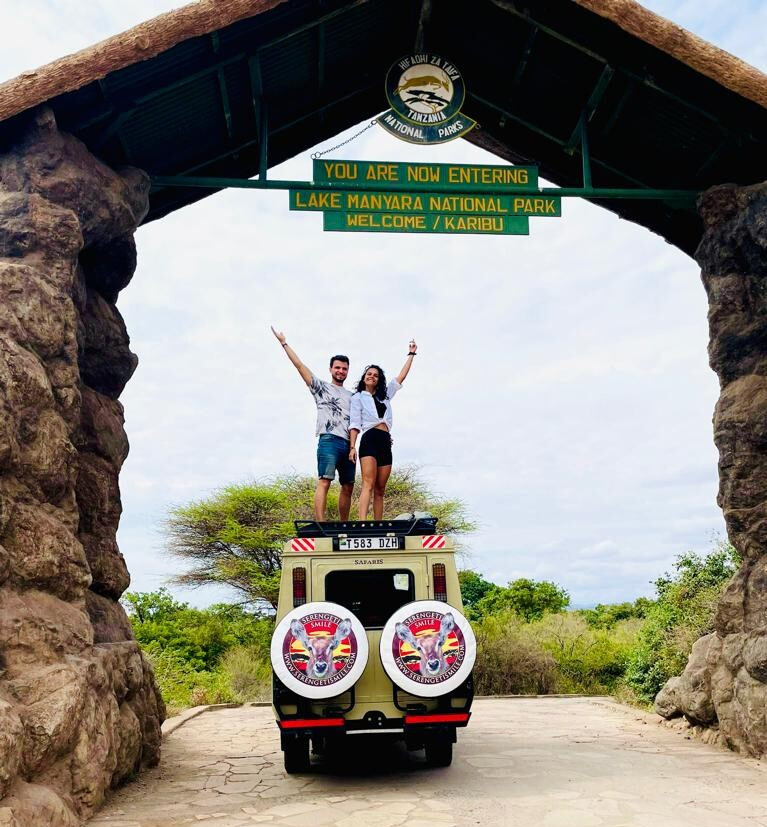
Tailoring Your Serengeti Experience
Personalize your Serengeti safari by considering your interests and priorities, whether it's witnessing the Great Migration, observing wildlife diversity, or enjoying a tranquil retreat.
Accommodation Options
Serengeti caters to diverse preferences and budgets with its range of accommodation options:
- Luxury Lodges: Indulge in lavish amenities and personalized service while surrounded by wilderness.
- Tented Camps: Experience the charm of bush camping with comfortable tents and communal dining under the stars.
- Budget-Friendly Options: Opt for simpler accommodations without compromising on the safari experience.
Tips for Making the Most of Your Visit
To make the most of your Serengeti safari, be sure to pack essential items such as sunscreen, insect repellent, and binoculars. Booking accommodations well in advance is recommended, especially during the peak tourist seasons. Hiring a knowledgeable guide can enhance your safari experience by providing insights into the park's flora and fauna and maximizing wildlife sightings.
Final Thoughts on Best Time to Visit Tanzania Serengeti National Park
Choosing the best time to visit the Serengeti National Park is essential for plan your safari experience. Depending on your preferences, whether it's witnessing the Great Migration, marveling at newborn wildlife, or enjoying the vibrant greenery of the wet season, careful consideration of the timing of your visit will ensure an unforgettable safari experience in this iconic African destination.
In conclusion, the Serengeti is always full of surprises, no matter the time of year, find the best time to visit Africa Serengeti, promising an unforgettable journey into the heart of Africa.
Best Serengeti Safari Tours
Explore our best Serengeti safari tours and packages to start plan your safari adventure.
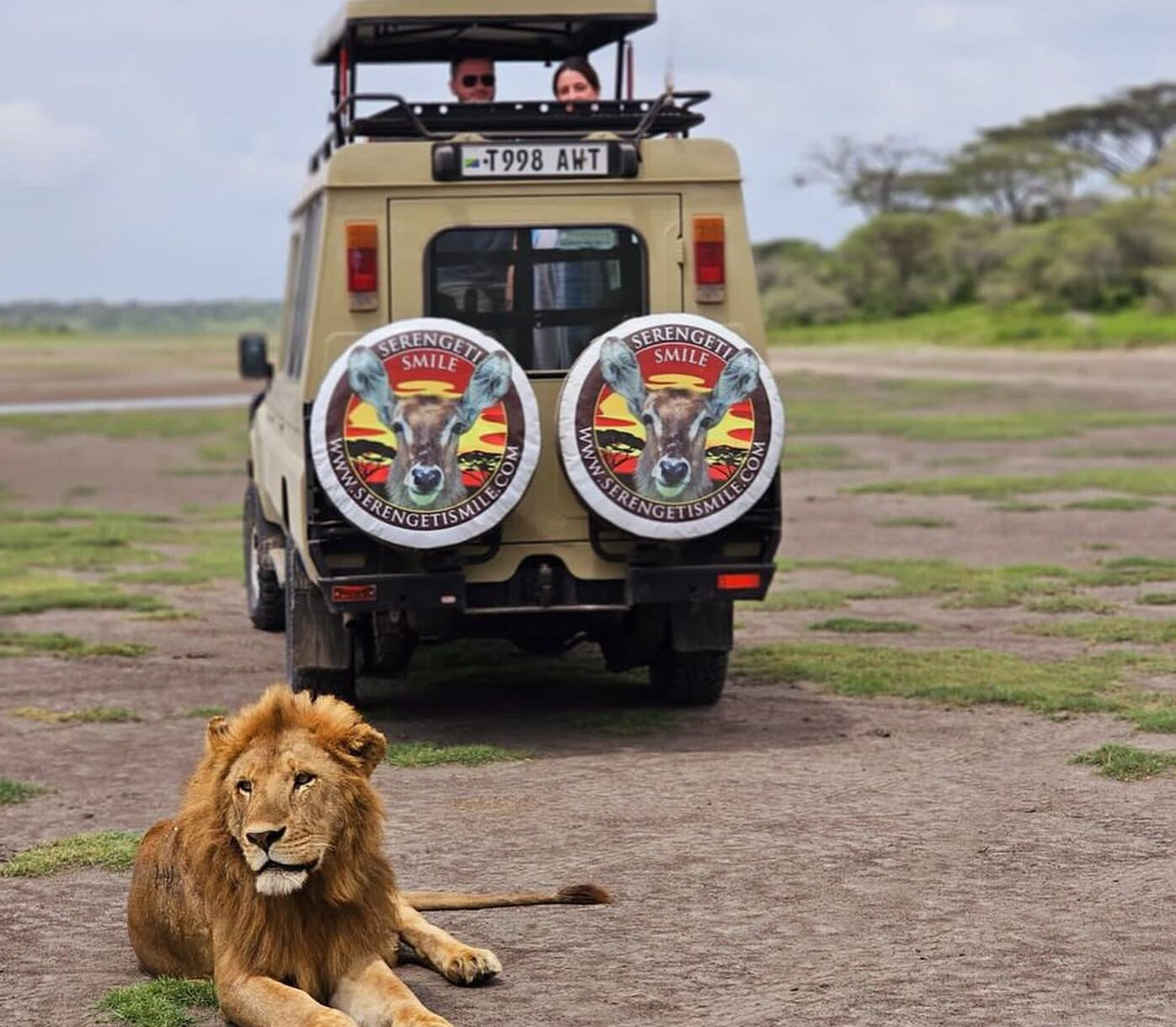
Tanzania | Private Tour
3-Day Amazing Serengeti and Ngorongoro Safari
Accommodation Style: Mid-Range
You Visit: Serengeti NP, Ngorongoro Crater,
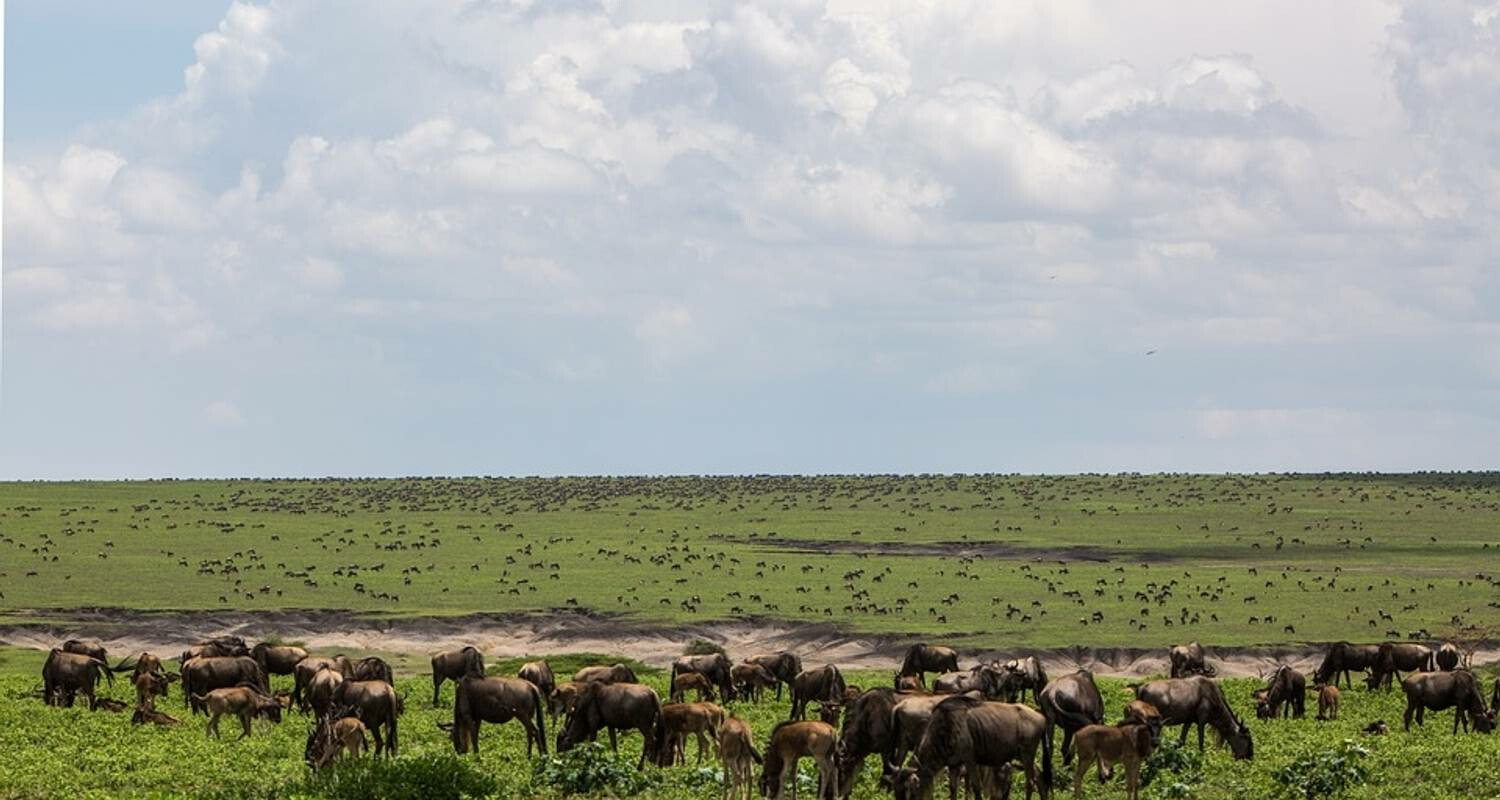
3-Day Winter Great Migration Serengeti & Ngorongoro Trip
Accommodation Style: Luxury
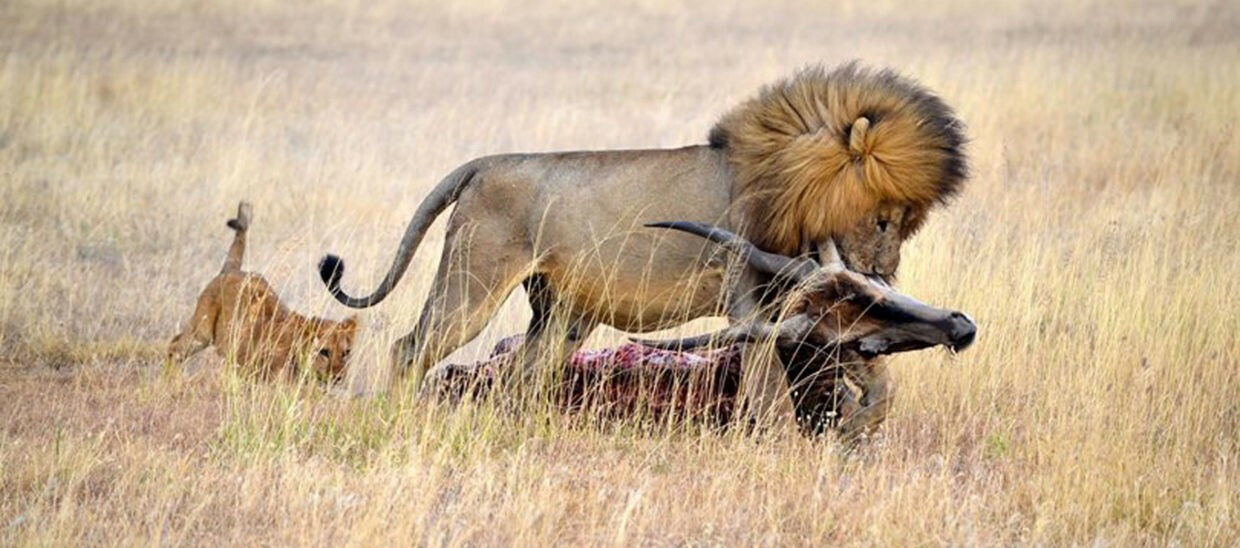
3-Days Serengeti and Ngorongoro Luxury Safari
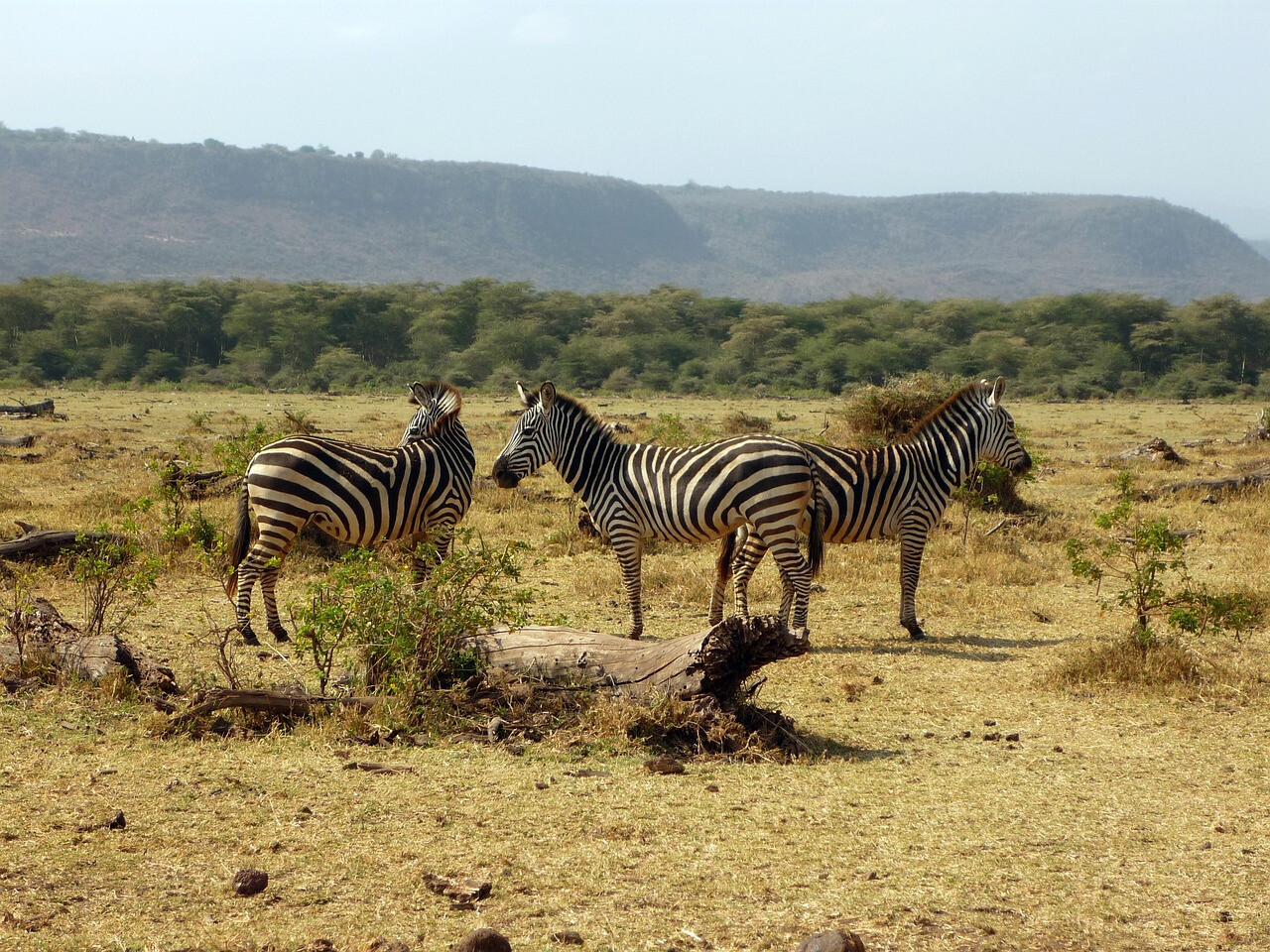
4-Day Budget Tour to Tarangire, Serengeti & Ngorongoro
Accommodation Style:
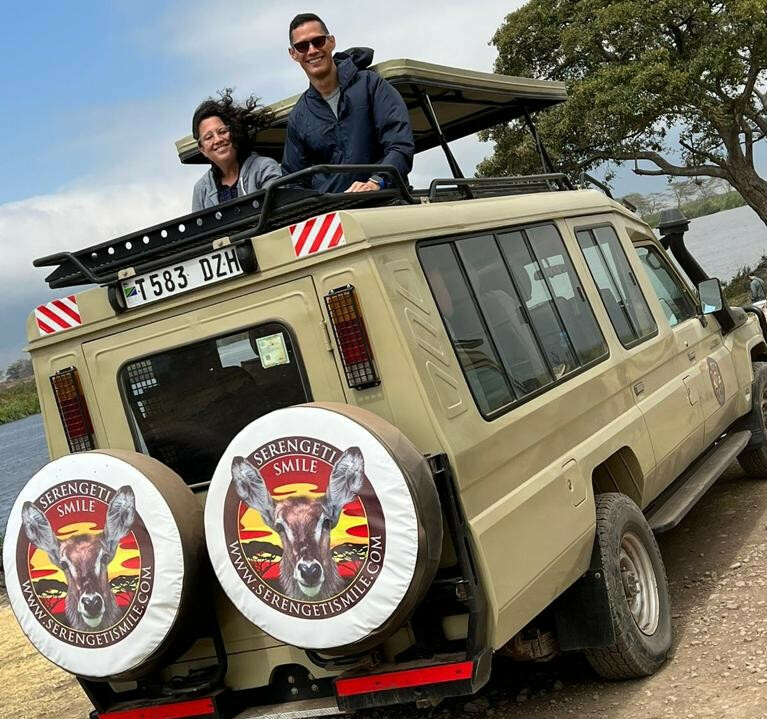
4-Day Luxury Safari to Manyara, Serengeti & Ngorongoro
You Visit: Lake Manyara NP, Serengeti NP, Ngorongoro Crater,
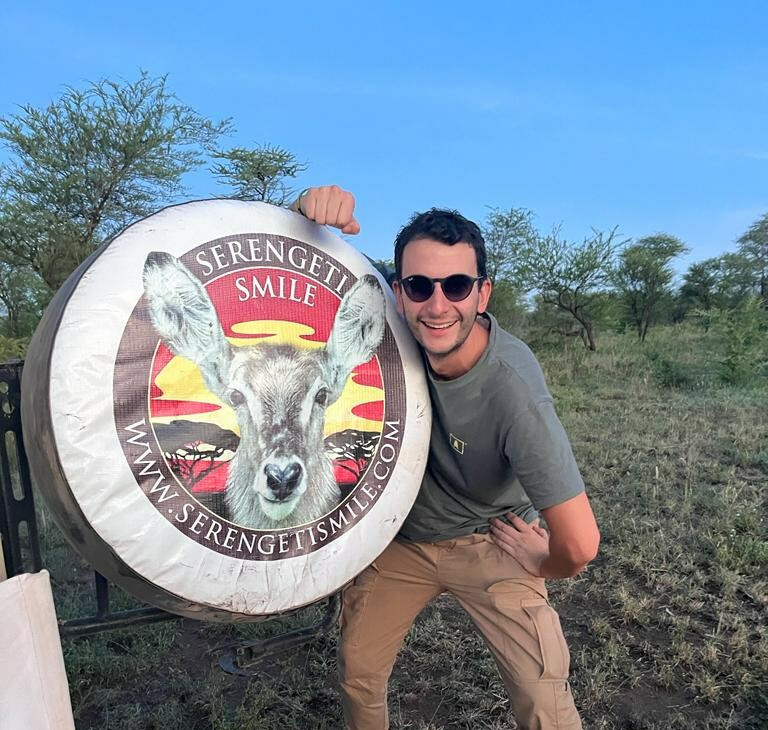
4-Day Manyara, Serengeti and Ngorongoro Mid-Range Safari
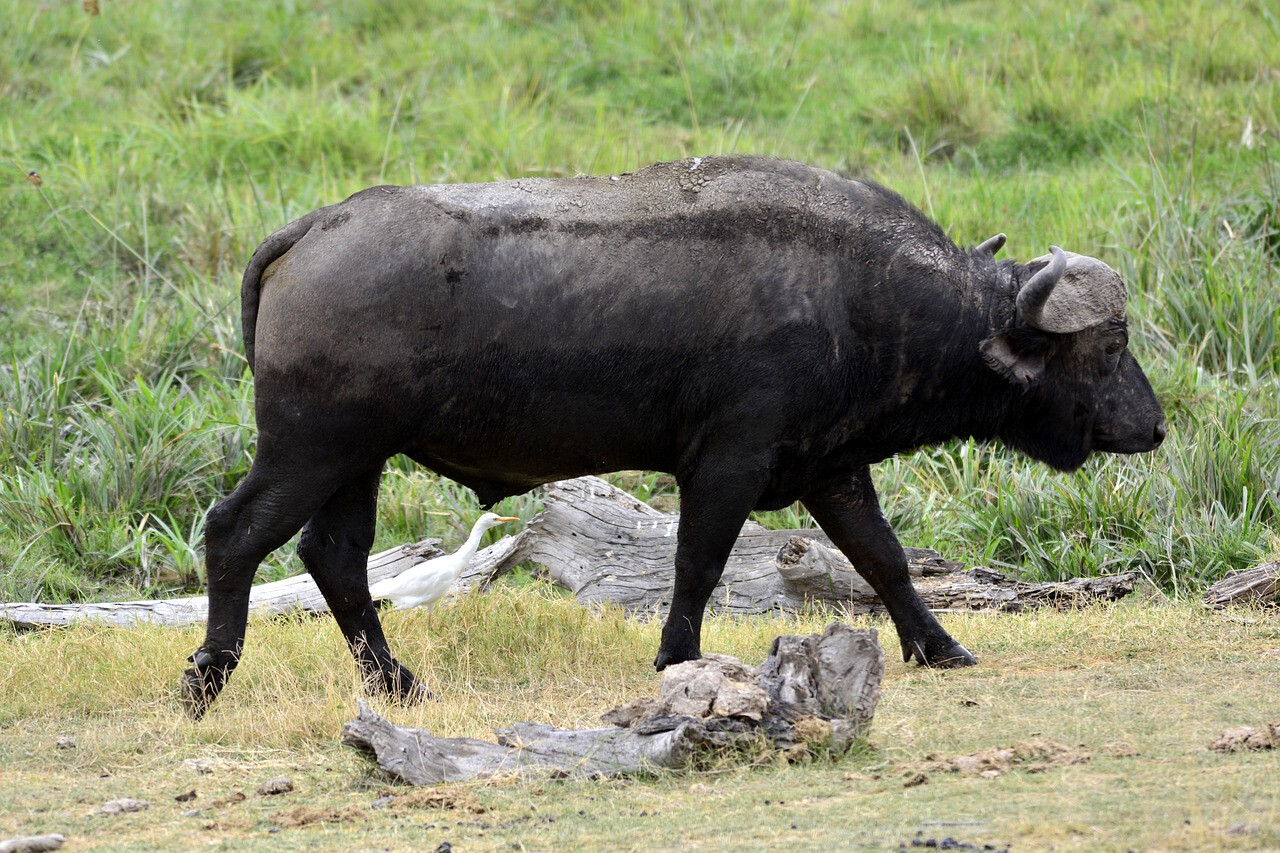
5-Day Tarangire, Ngorongoro & Manyara Perfect Trip
You Visit: Tarangire NP, Ngorongoro Crater, Lake Manyara NP,
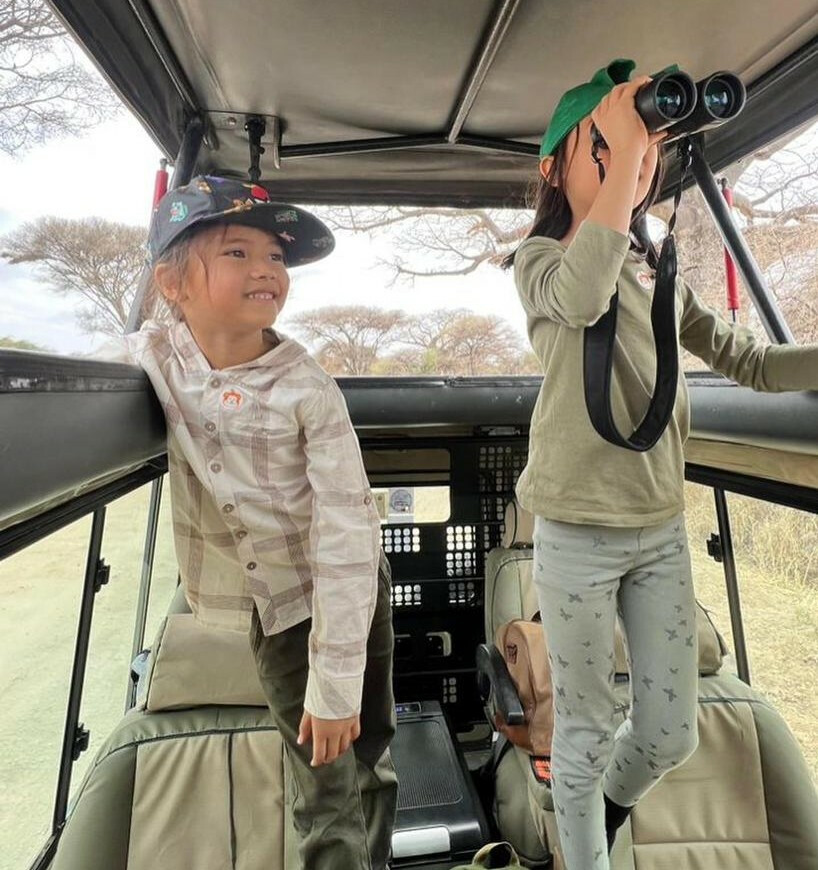
5-Day Tarangire, Ngoroongoro & Manyara Adventure
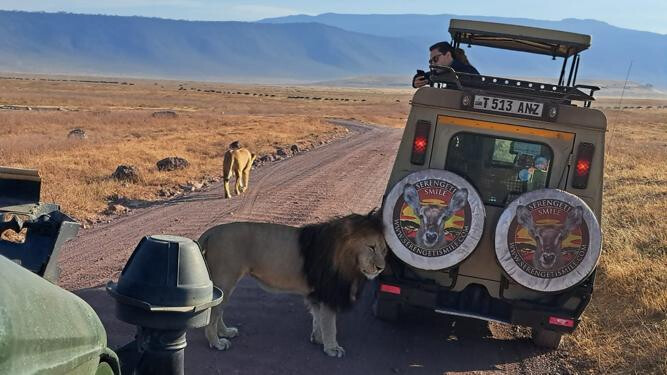
5-Day Tarangire, Serengeti, Ngorongoro & Manyara Tour
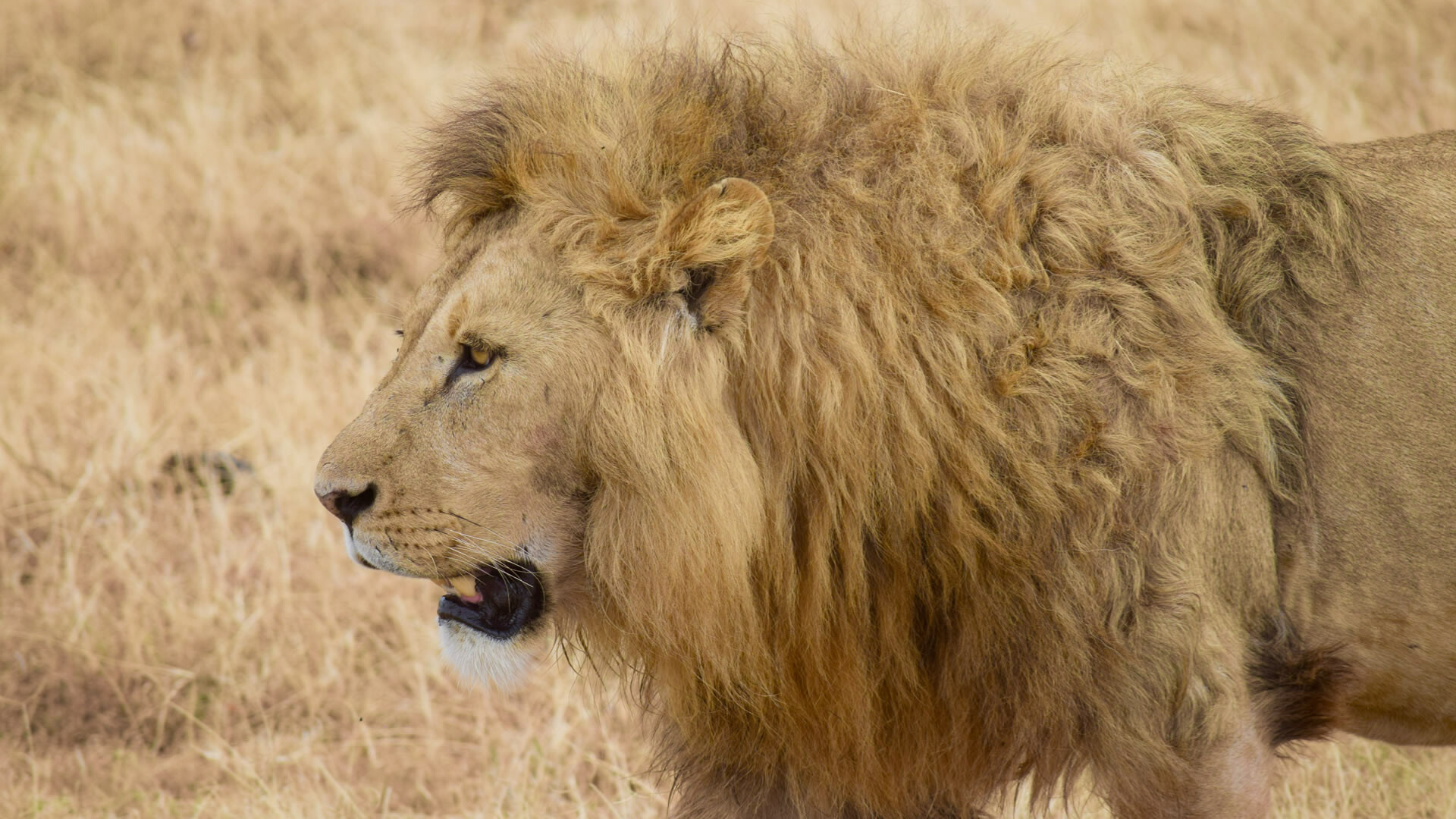
6-Days Tarangire, Serengeti, Ngorongoro, Eyasi & Manyara
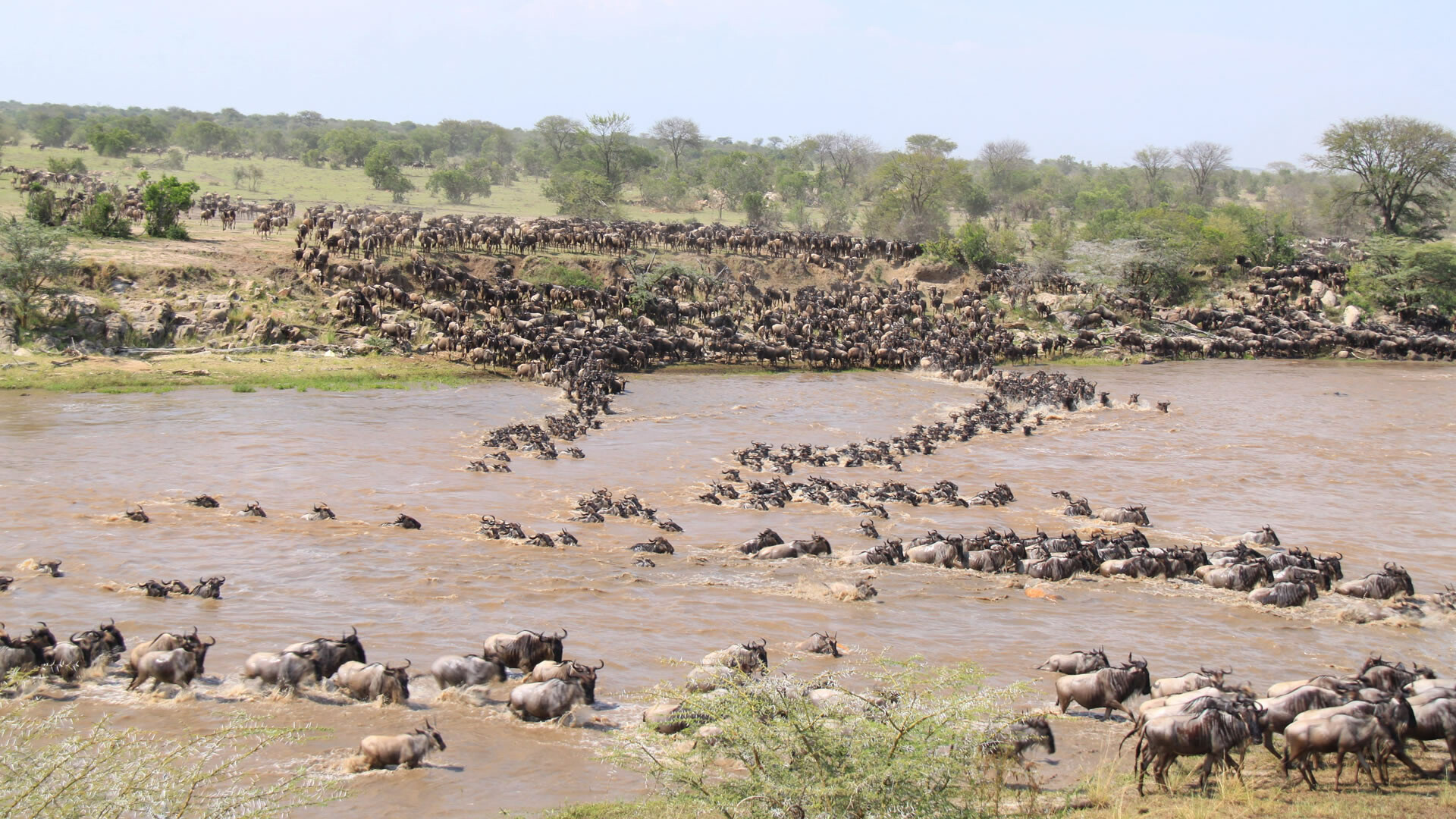
7-Day The Great Migration Tour at Mara River Crossing
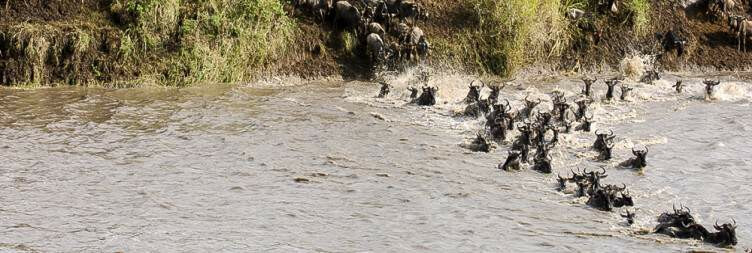
8-Days Great Migration Tour - Mara River Crossing
Serengeti national park best time to visit - faq's.
Read most frequently asked questions on the best time to visit Serengeti National park Tanzania.
What is the best month to visit the Serengeti?
The best time to visit Serengeti national park Tanzania is from January to February or from June to October .
Best time to visit the serengeti for the migration
The best time to visit the Serengeti for the Great Migration is from June to October. You will witness about 1.7 million wildebeest and hundreds of animals move in search of water and fresh grazing.
How many days do you need in Serengeti?
We recommend four days and three nights as the minimum time to spend in the Serengeti National Park. This gives you the chance to explore in all directions, from the heart of the Northern Serengeti, with each adventure balanced by time spent at leisure. The longer you stay, the more you'll see.
With three or four days, you will have enough time to go on multiple game drives, which are the best way to see the park's wildlife. You will also have the opportunity to explore different areas of the park, such as the Serengeti Migration Corridor, the Mara River, and the Ngorongoro Crater.
If you have more time, you can spend five to seven days in the Serengeti, which will give you even more time to explore the park and to take advantage of other activities, such as hot air balloon rides, walking safaris, and cultural tours.
When is The Best Time To Visit Serengeti and Zanzibar
The best time to visit Serengeti for the migration is Feb to Aug. Zanzibar's peak season is June to October, with rainy seasons in April to May and November. For fewer tourists, visit during March to May in Serengeti and December in Zanzibar.
What month is the Serengeti migration?
May-July . This is the period that the wildebeest, after having feasted on the short green grasses of the southeastern Serengeti and after having giving birth to their offspring, start getting ready for their 800 kilometer long trek. The actual starting date may be anytime between late April and early June.
How much does it cost to go to Serengeti safari?
On average, a one-week safari in Serengeti National Park can cost between $2,500 USD (budget) and $7,500 USD (luxury) .
How many wildebeest are in the Serengeti?
More than 2 million wildebeest, along with 250,000 zebras and gazelle migrate in a circular route over 1,800 miles each year in search of rain-seasoned grass.
DISCOVER MORE STORIES
The great wildebeest migration in serengeti.
The Great Wildebeest Migration in Serengeti is one of the most incredible natural spectacles in the world.
How Much Does a Tanzania Safari Cost?
Find out how much a Tanzania safari cost, including the factors that affect the cost of a safari in Tanzania.
Ultimate Tanzania Safari Packing List 2024
But before you embark on your adventure, it's important to make sure you have packed everything you need.
Serengeti Wildebeest Migration Routes & Dates (2024)
The Serengeti wildebeest migration is one of the most spectacular natural events on Earth.
Serengeti Safari Cost: The Guide To Serengeti Safari Prices
Discover the breakdown of Serengeti safari costs, accommodation options, park fees, and transportation.
Ultimate Serengeti Safari Packing List
This ultimate Serengeti safari packing list covers everything from sun protection to essential gear for an unforgettable African safari.
Sign Up to Our Newsletter!
Receive travel ideas, destination guides, and inspiration directly in your inbox.

- --> Reviews --> About Us --> Blog --> Contact --> Safaris --> Itineraries --> Family Bush & Beach Safari --> Classic Tanzania --> Short & Sweet --> Closer to Nature --> Big 5 Explorer --> Ultimate South --> Southern Highlights --> Western Highlights --> Cultural, Wildlife, Hiking --> Tanzania National Parks --> Wildebeest Migration --> Honeymooners --> Cultural Safaris --> Accommodations --> Climbing & Trekking --> Kilimanjaro --> Mount Meru --> Ngorongoro Highlands --> Responsible Tourism --> Our Commitment --> Volunteering --> Charity --> Kilimanjaro Climbing --> Lemosho Route --> Machame Route --> Rongai Route --> Northern Circuit Route --> Route Comparison --> Quest From The West Lemosho 8 Days --> Above The African Plains Rongai 7 Days --> Without The Whiskey Machmae 7 Days --> Orbit Kilimanjaro Northern Circuit 9 Days --> Twin Peaks Meru And Kili 12 Days --> Tailor Made Private Treks --> Join Kilimanjaro Group --> Safari & Beach Extensions --> Why African Scenic --> Safety & Success --> Training & Experience --> Ethical Climbs --> Tried & Tested --> Kilimanjaro Climbing Guide --> Pre-Climb Preparation --> When To Climb --> Equipment & Packing --> Training For Kilimanjaro --> Travel Insurance --> Kilimanjaro FAQ --> Inspiring Stories --> Booking Information --> On The Mountain --> Camp Life --> Food & Nutrition --> Acclimatization & Altitude --> Upgrade your Climb --> Tailor-Made Tanzania Experiences --> Tailor-Made Kilimanjaro Experiences --> --> Enquire Online --> --> --> Menu --> --> National Parks --> Quest From The West --> Above The African Plains --> Without The Whiskey --> Orbit Kilimanjaro --> Twin Peaks --> Mount Meru Climbing -->